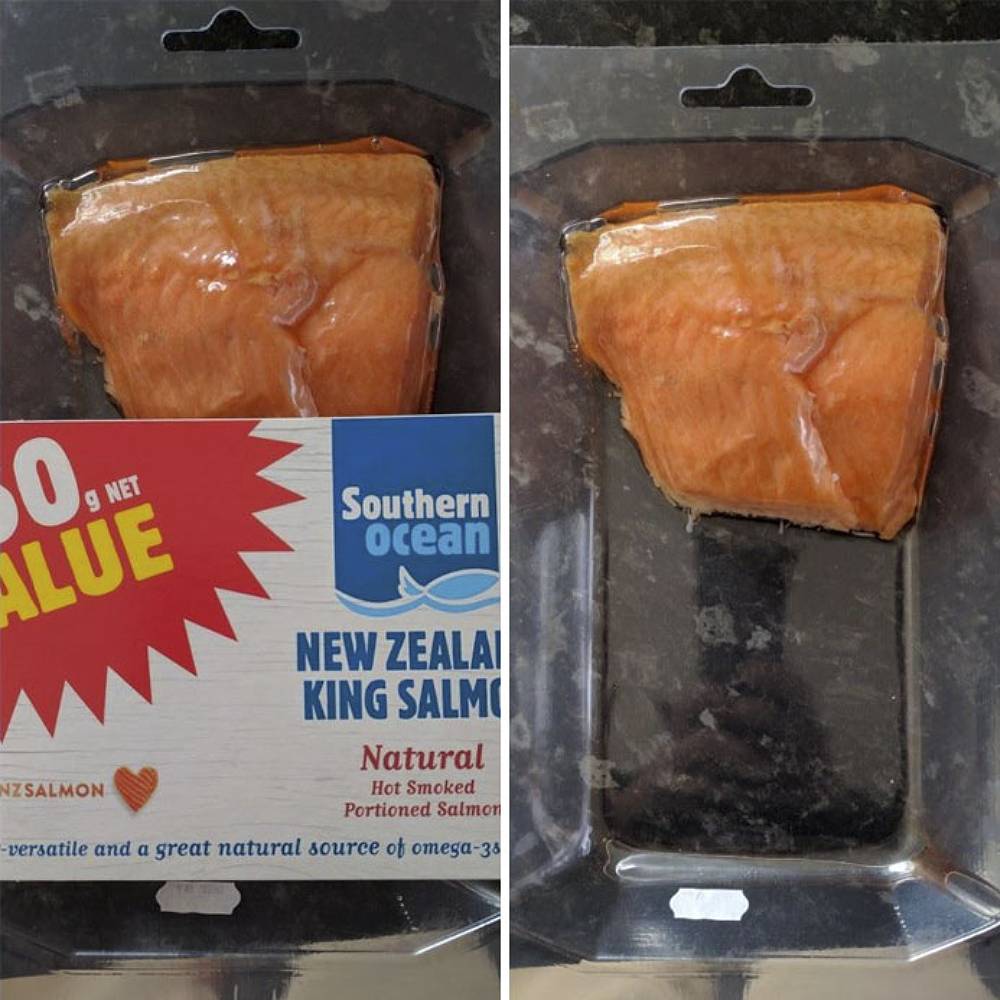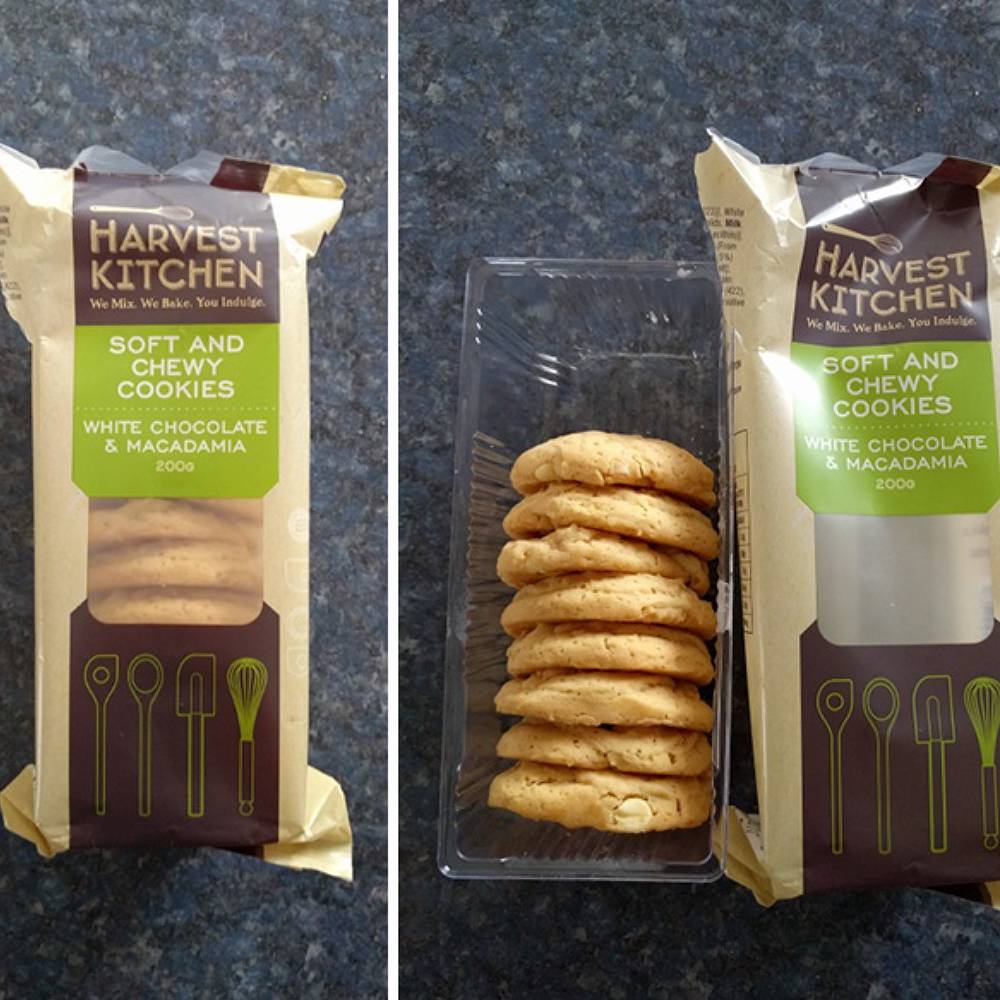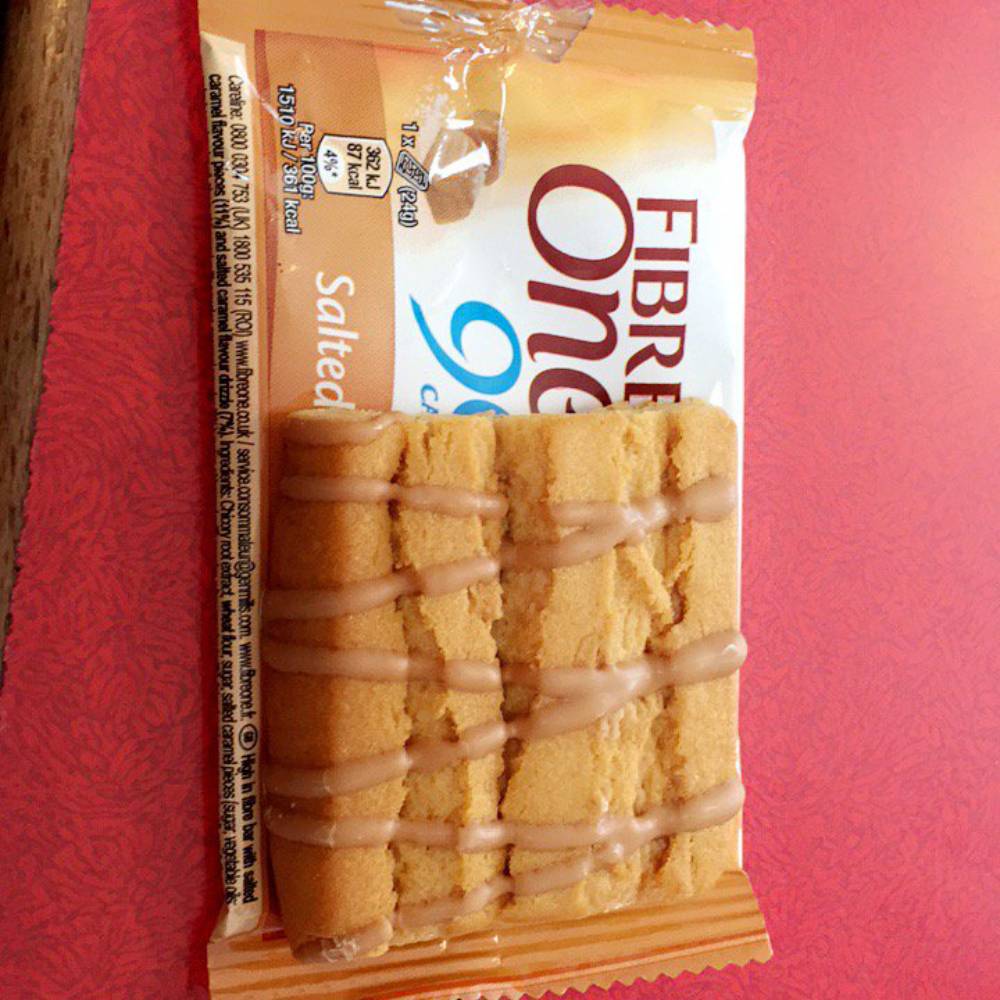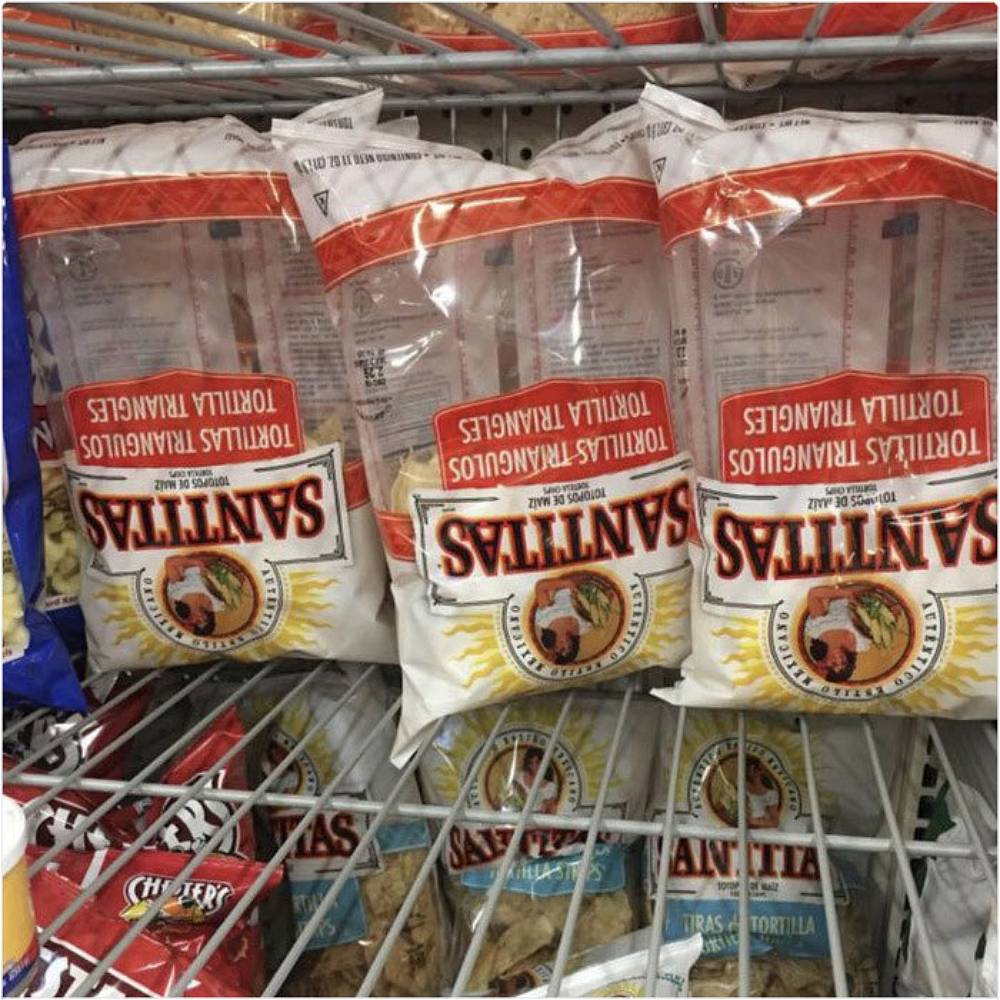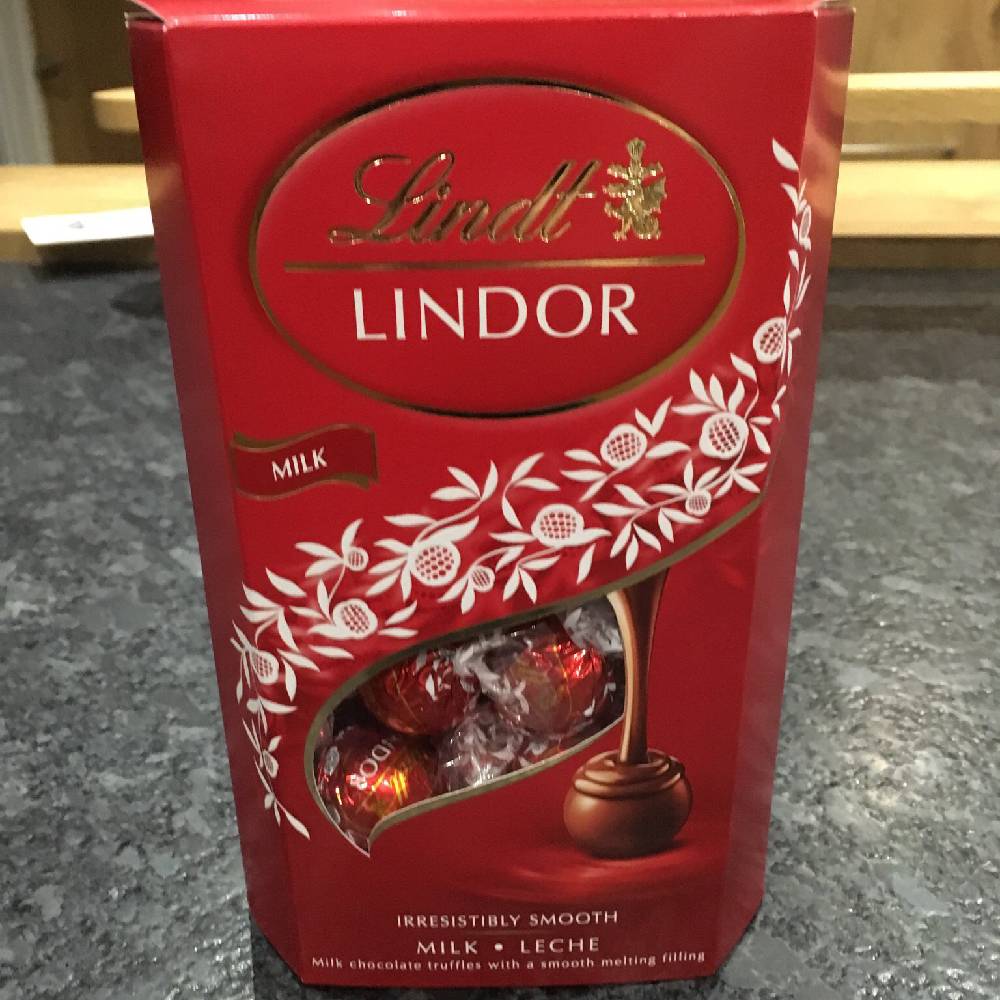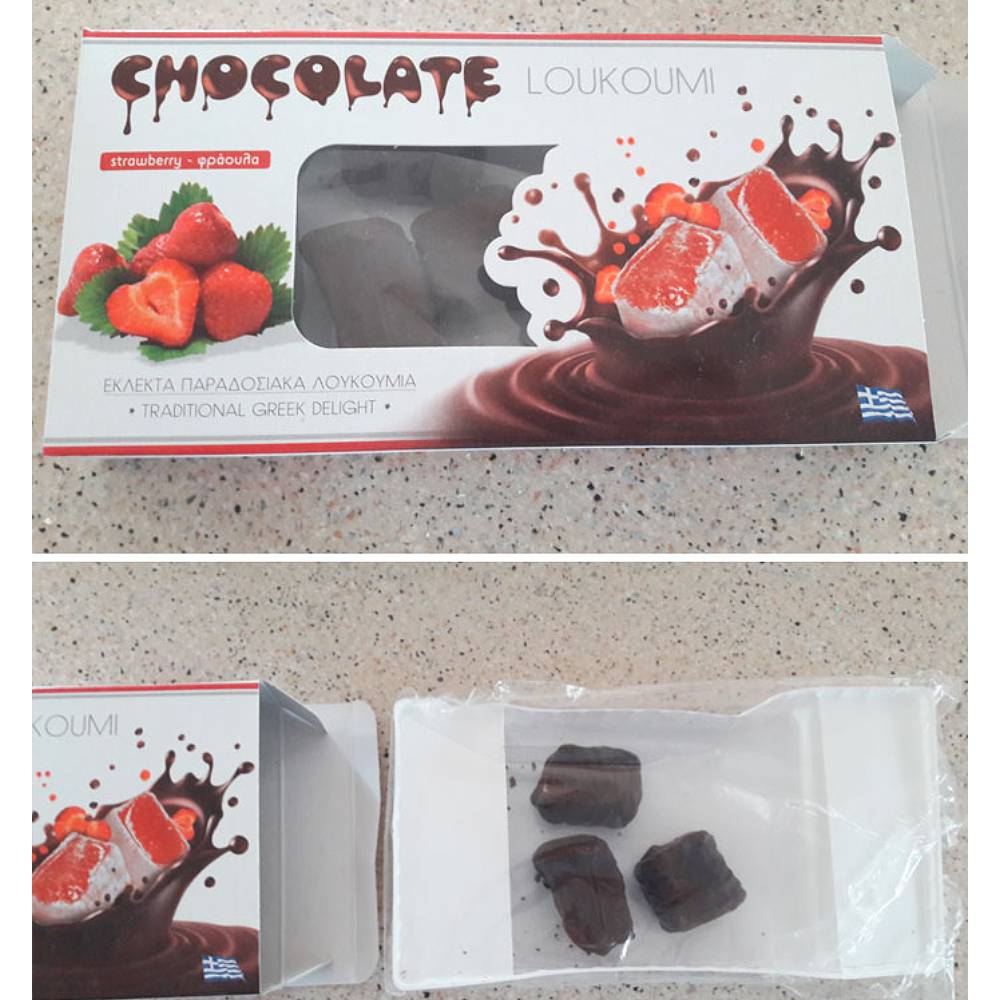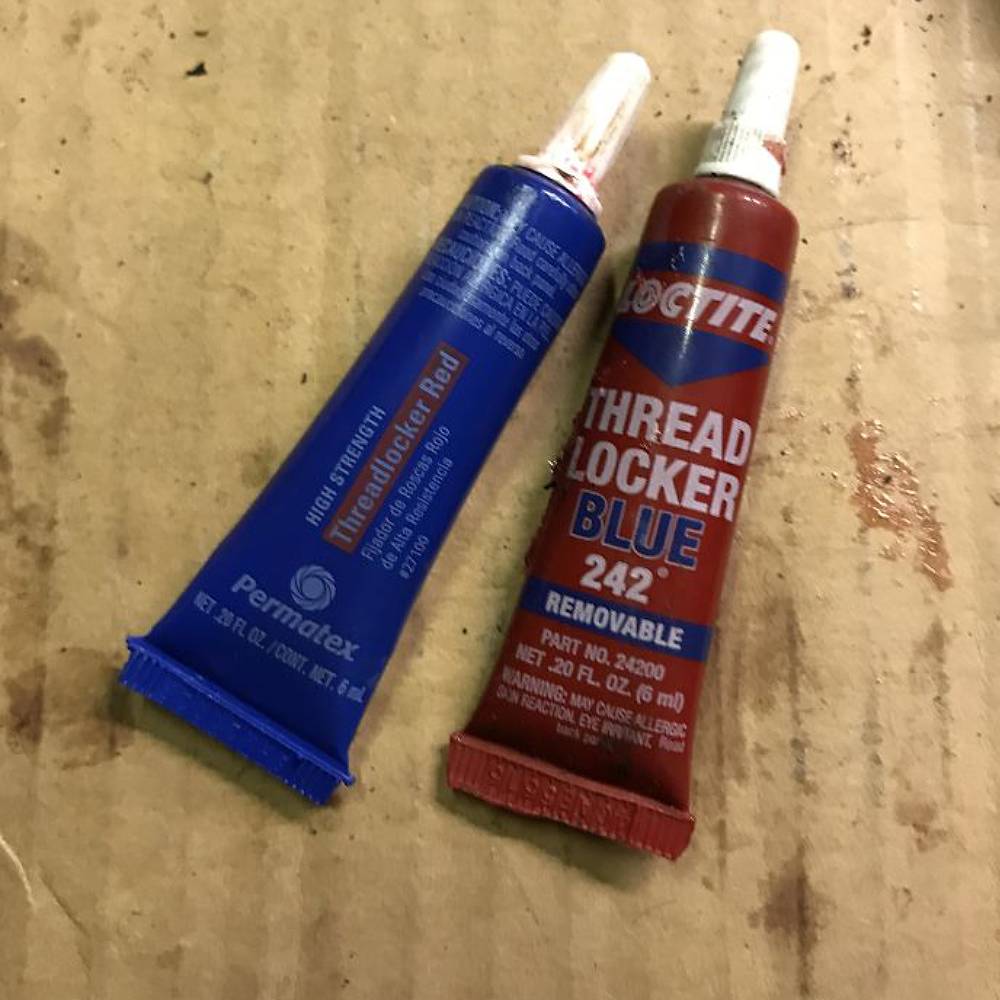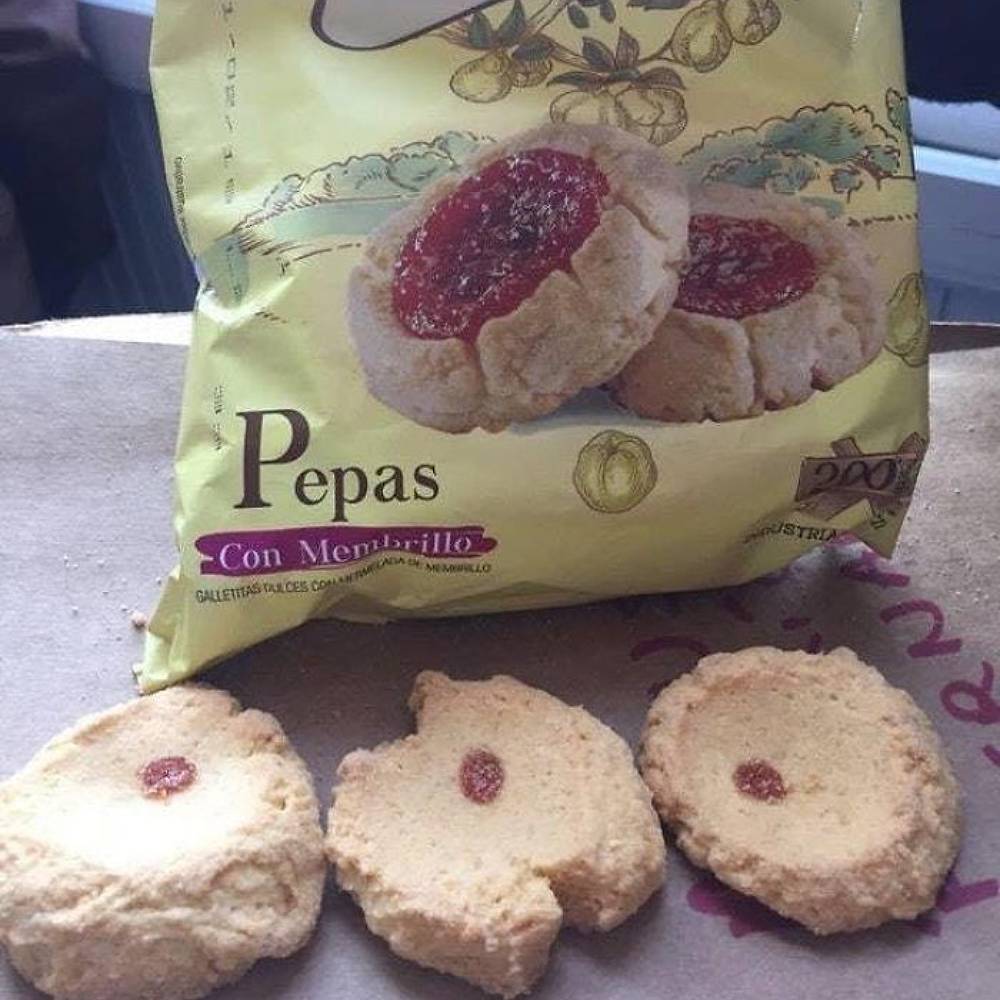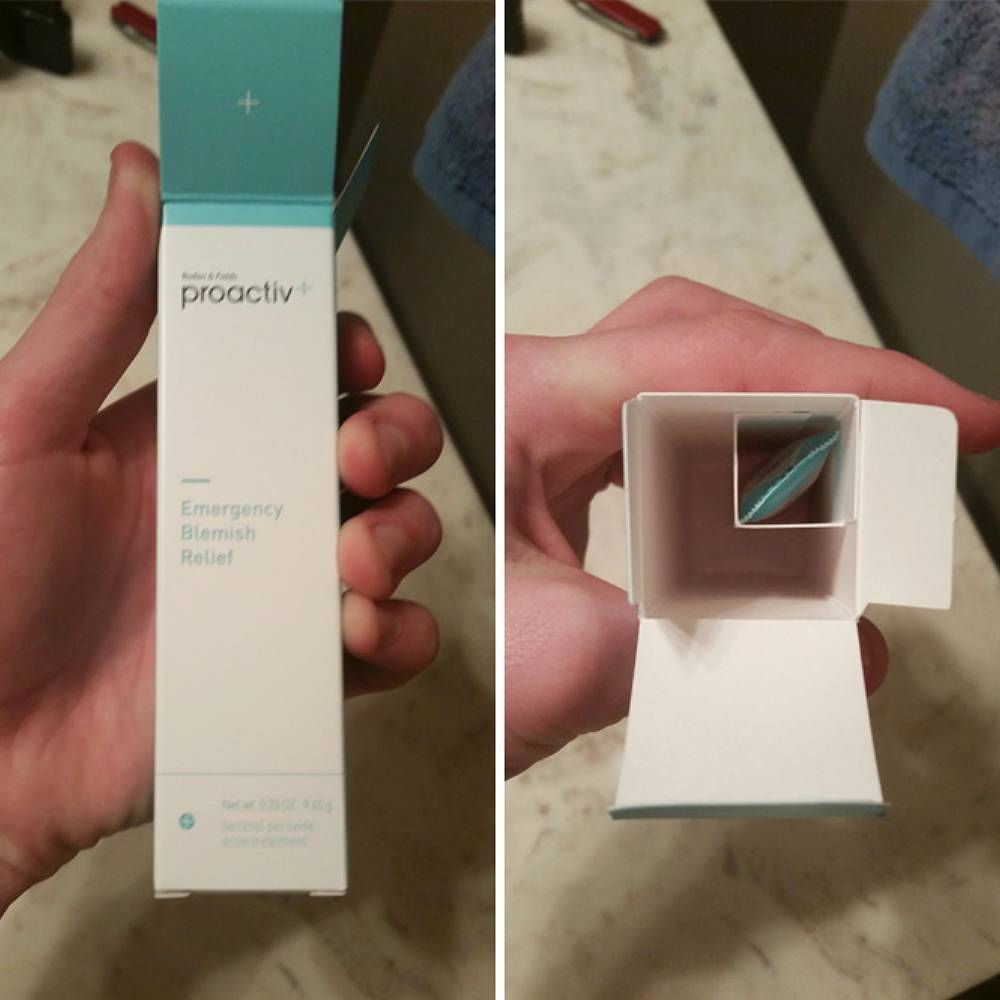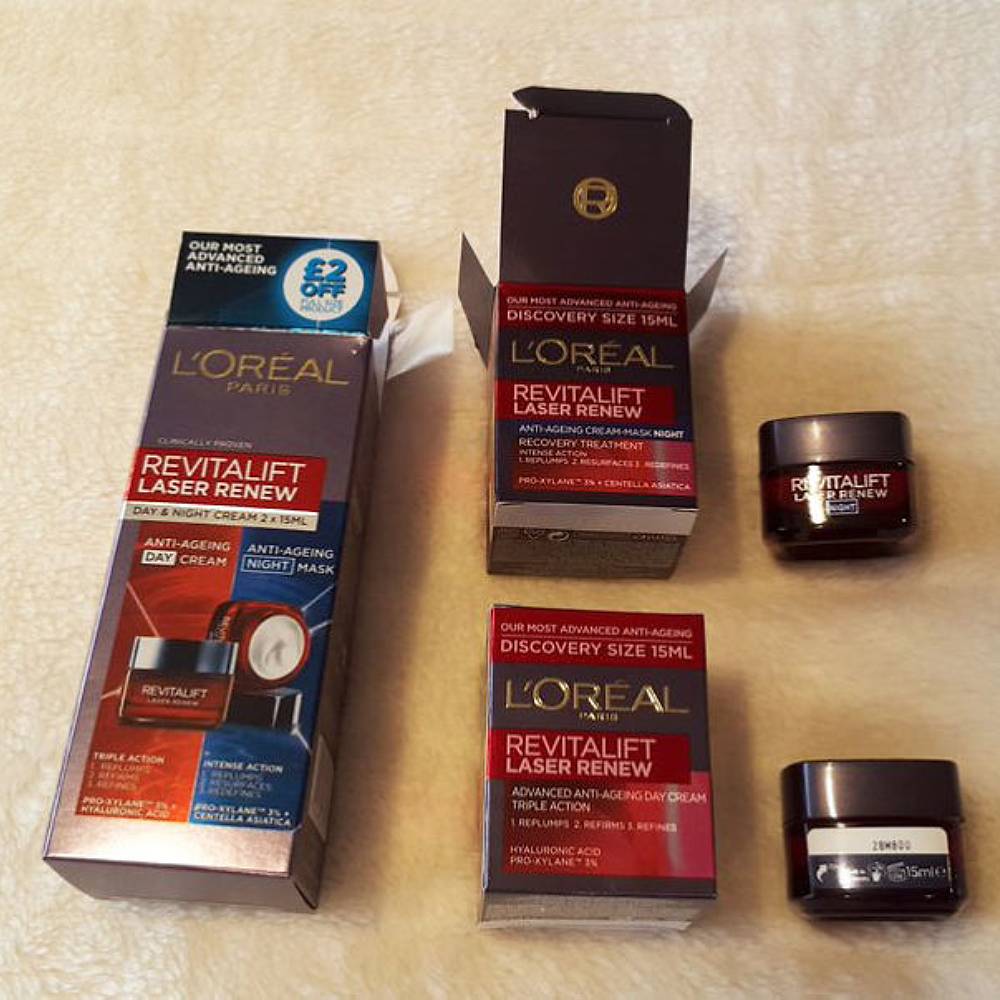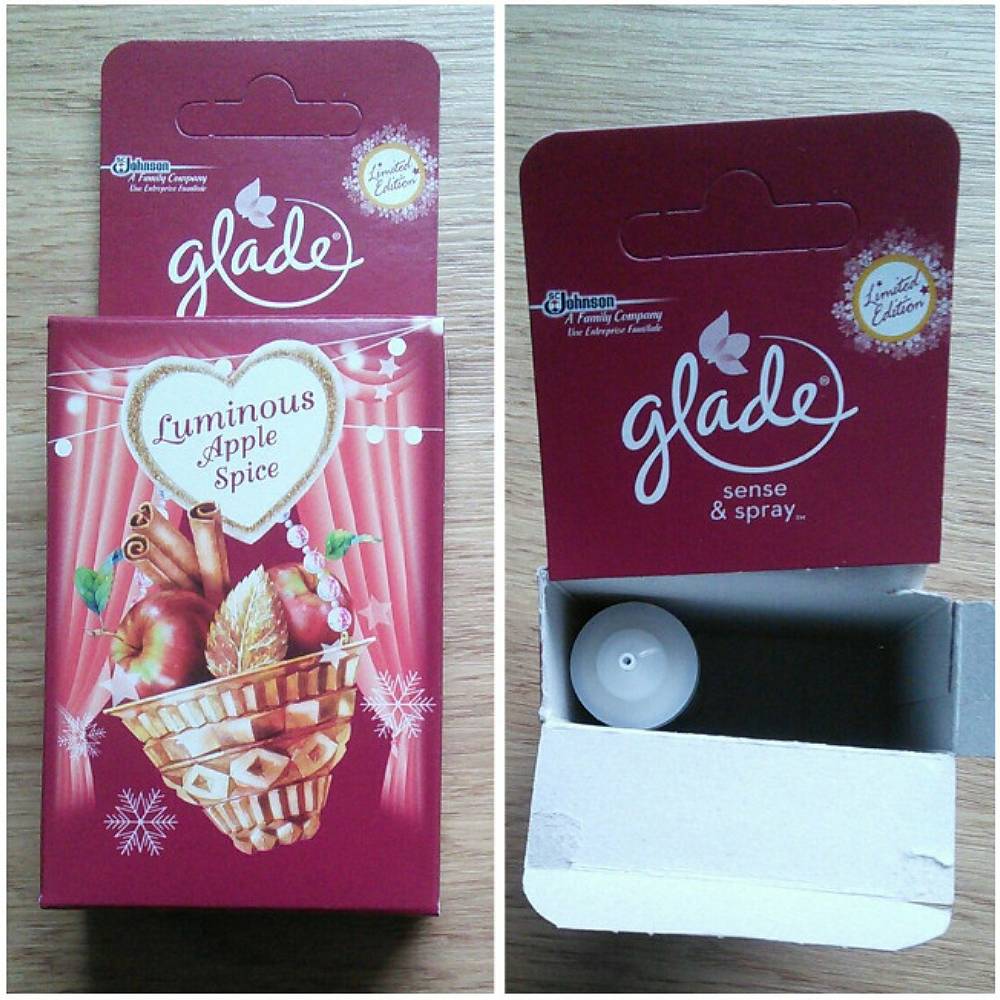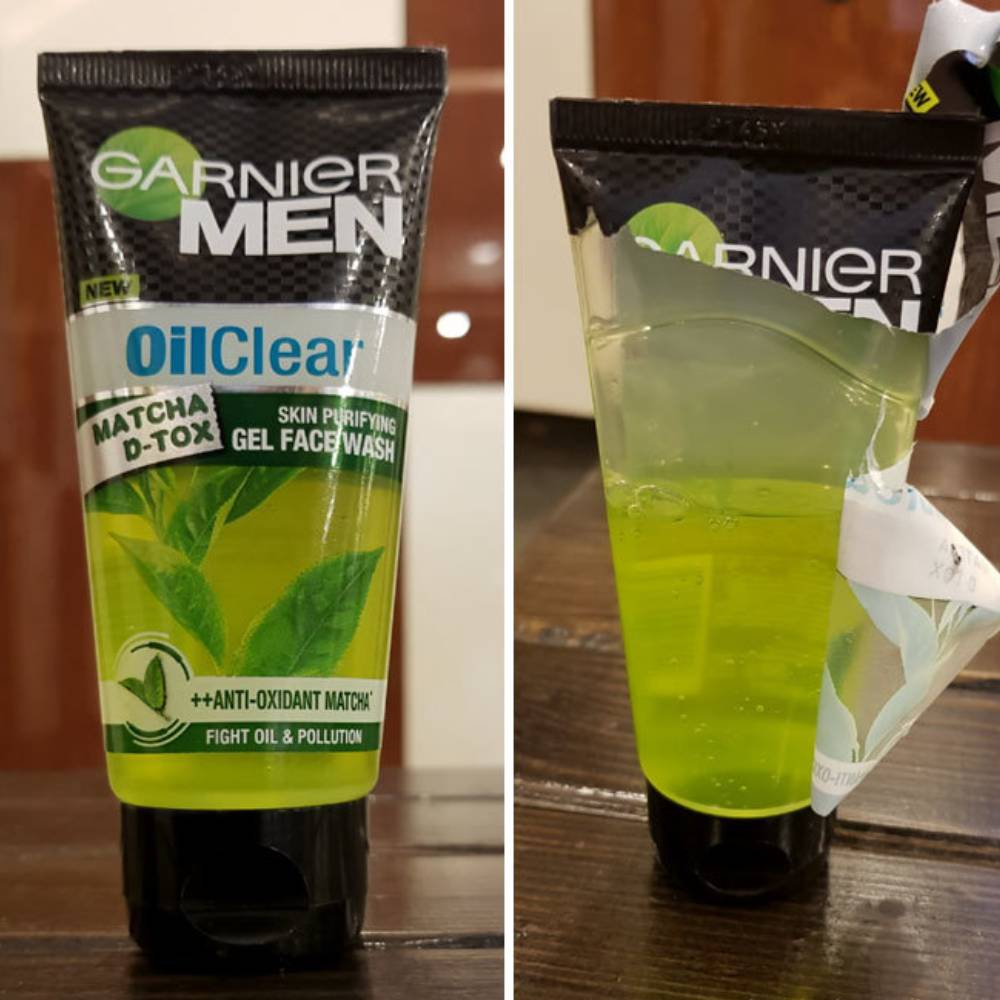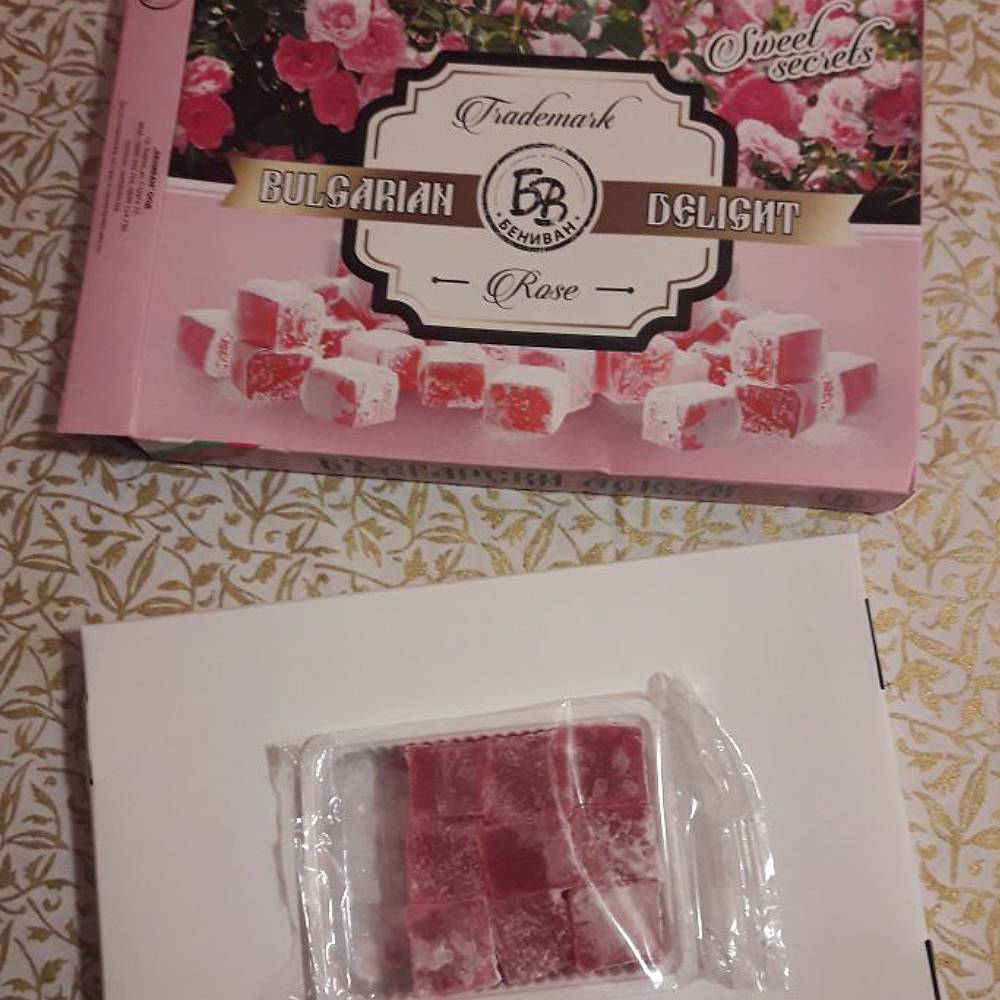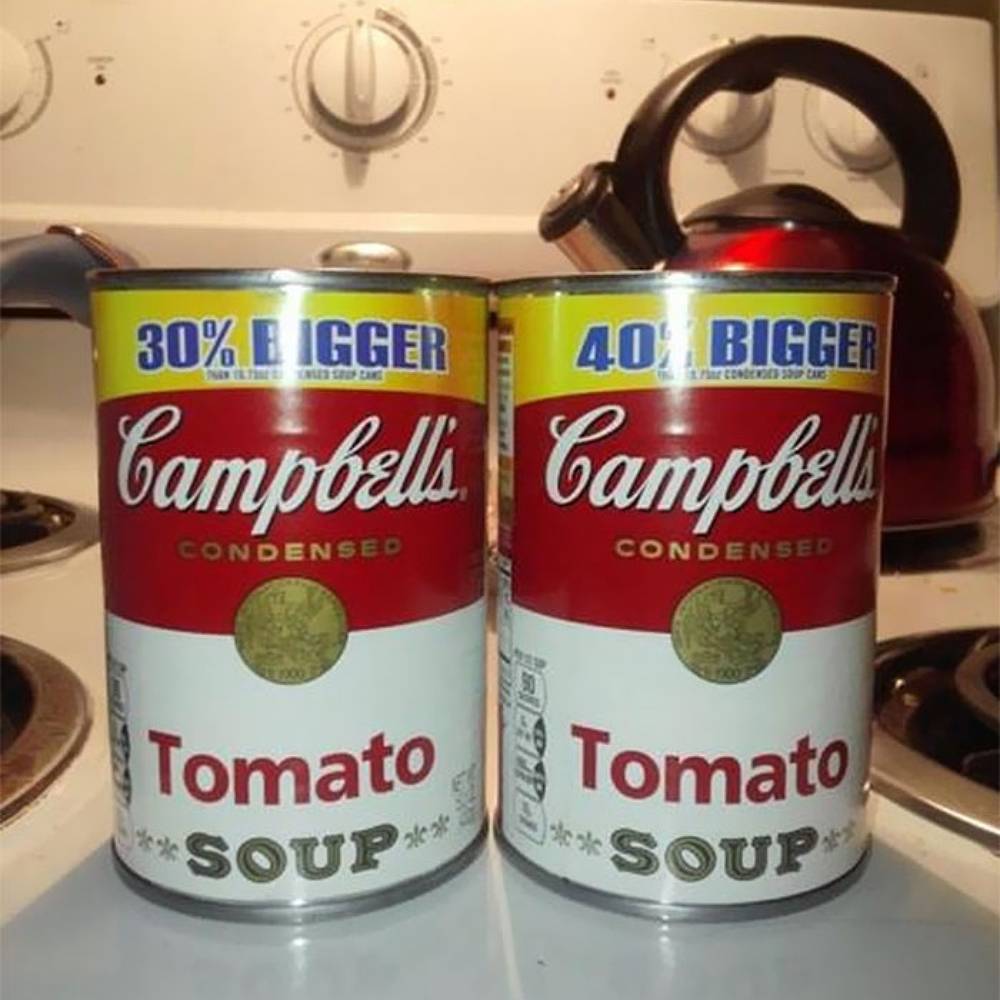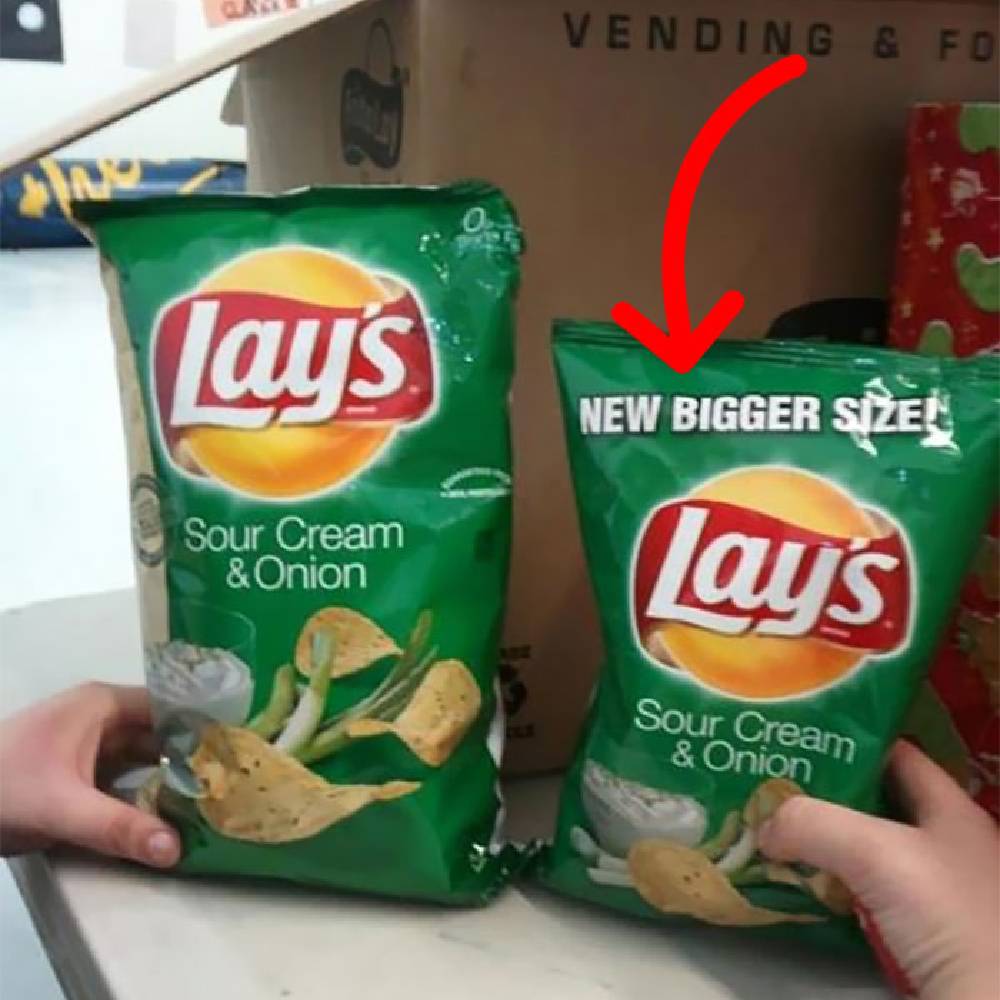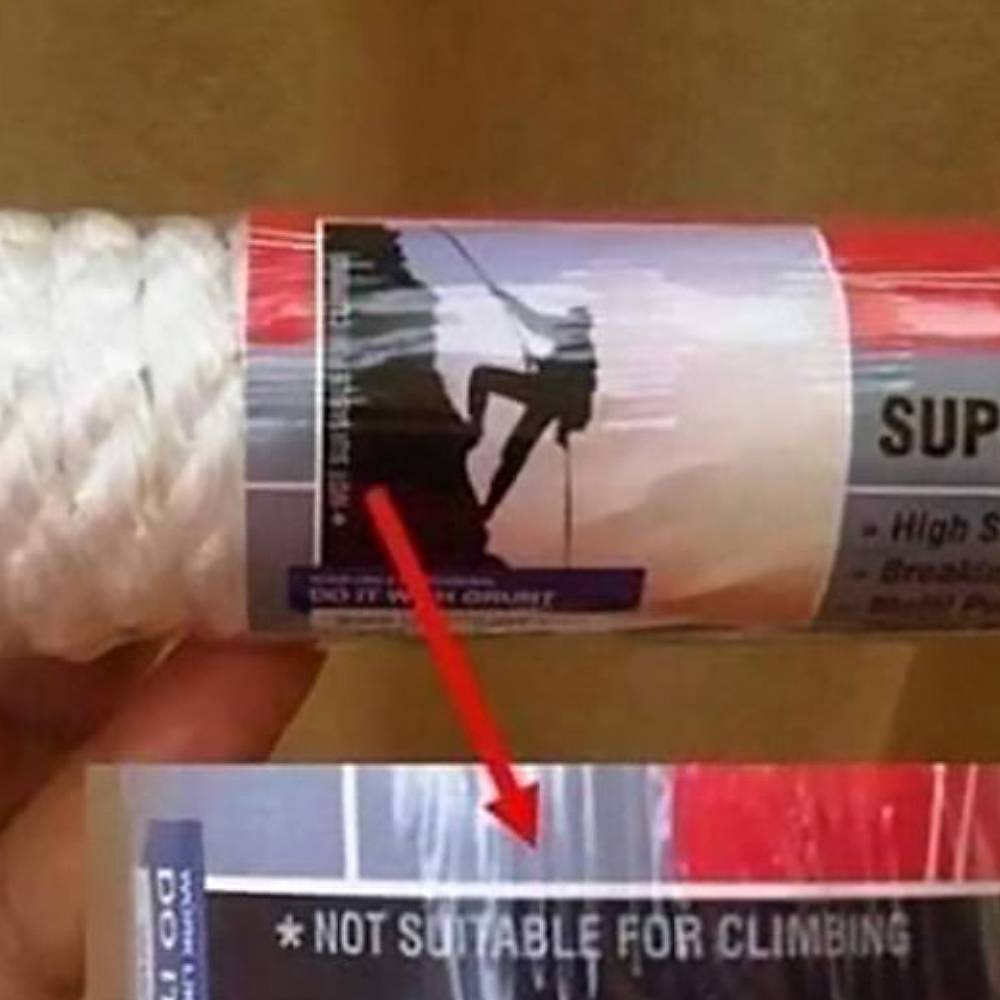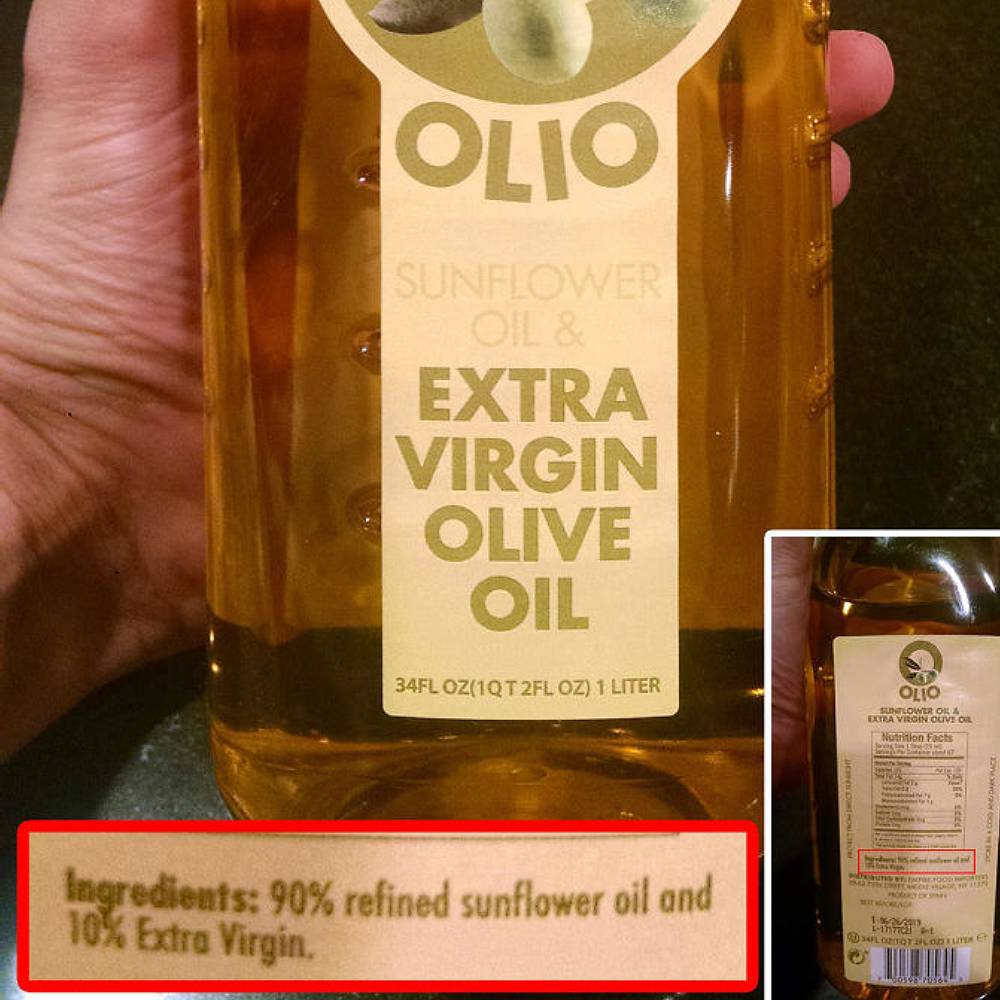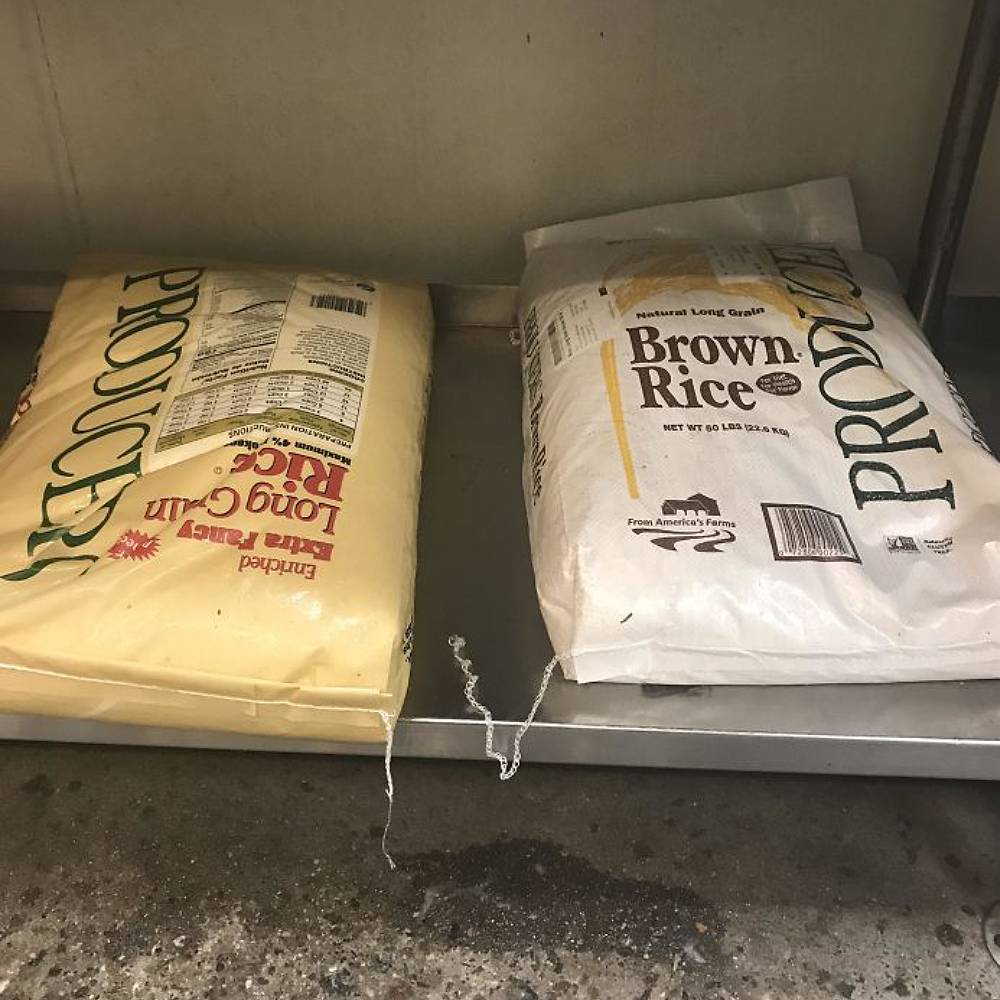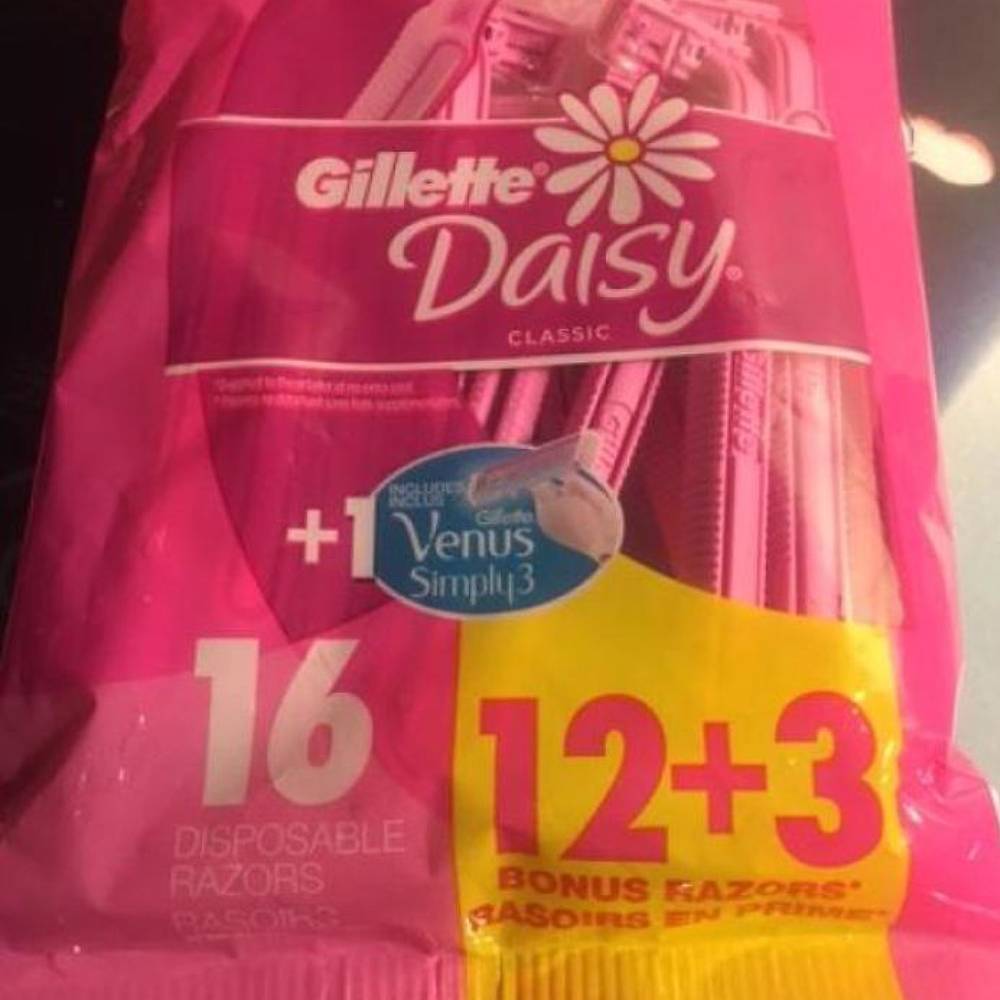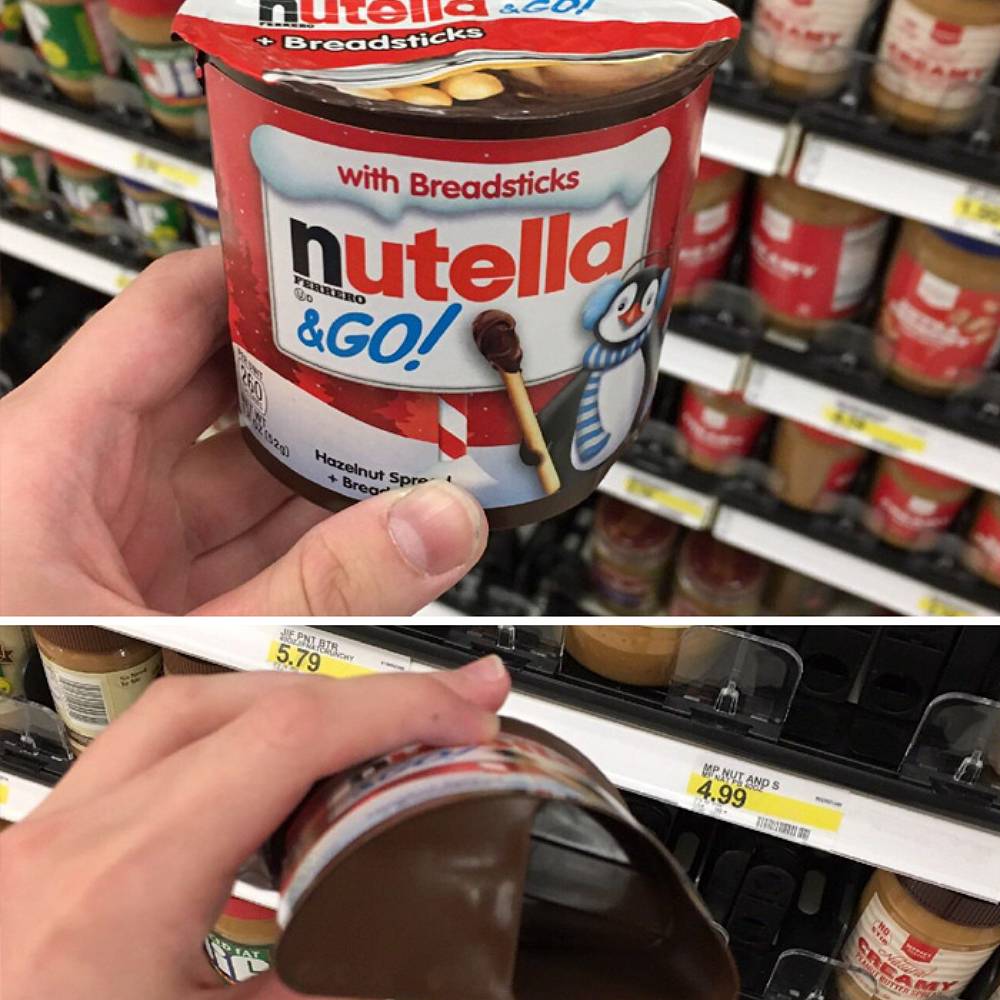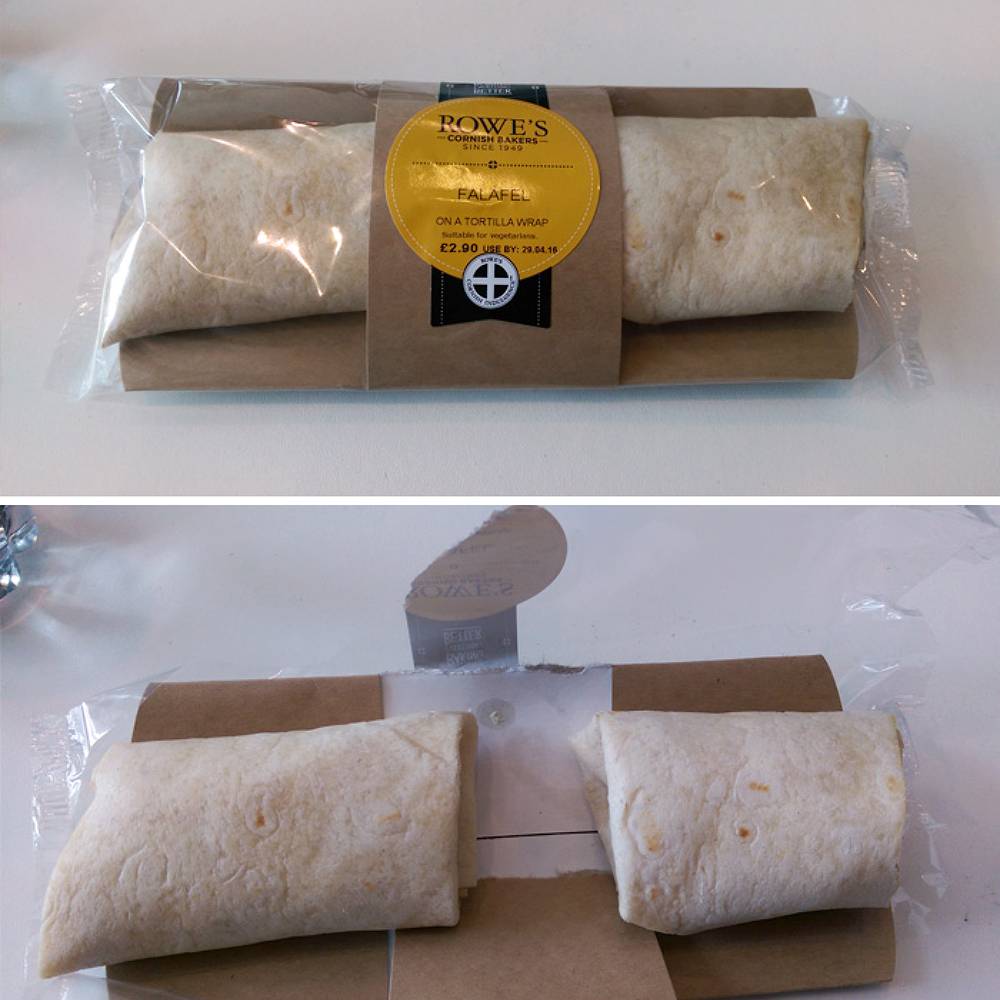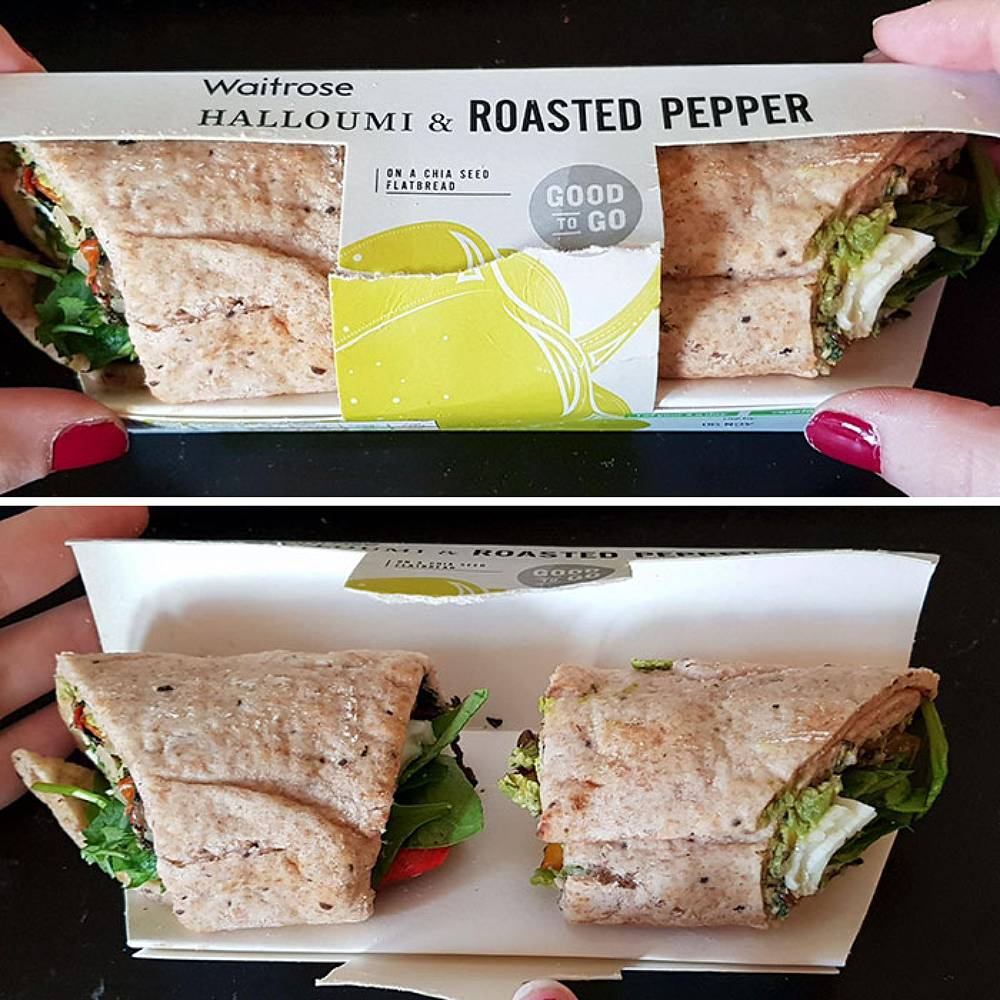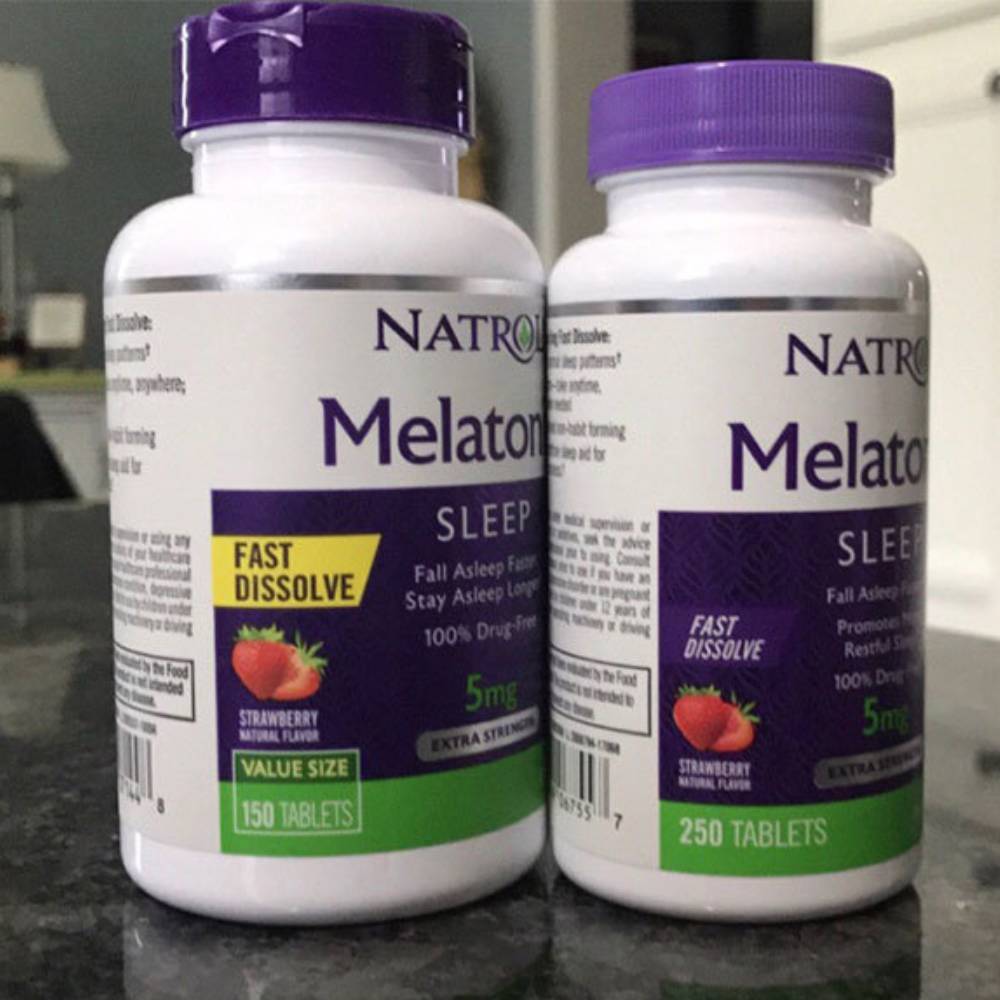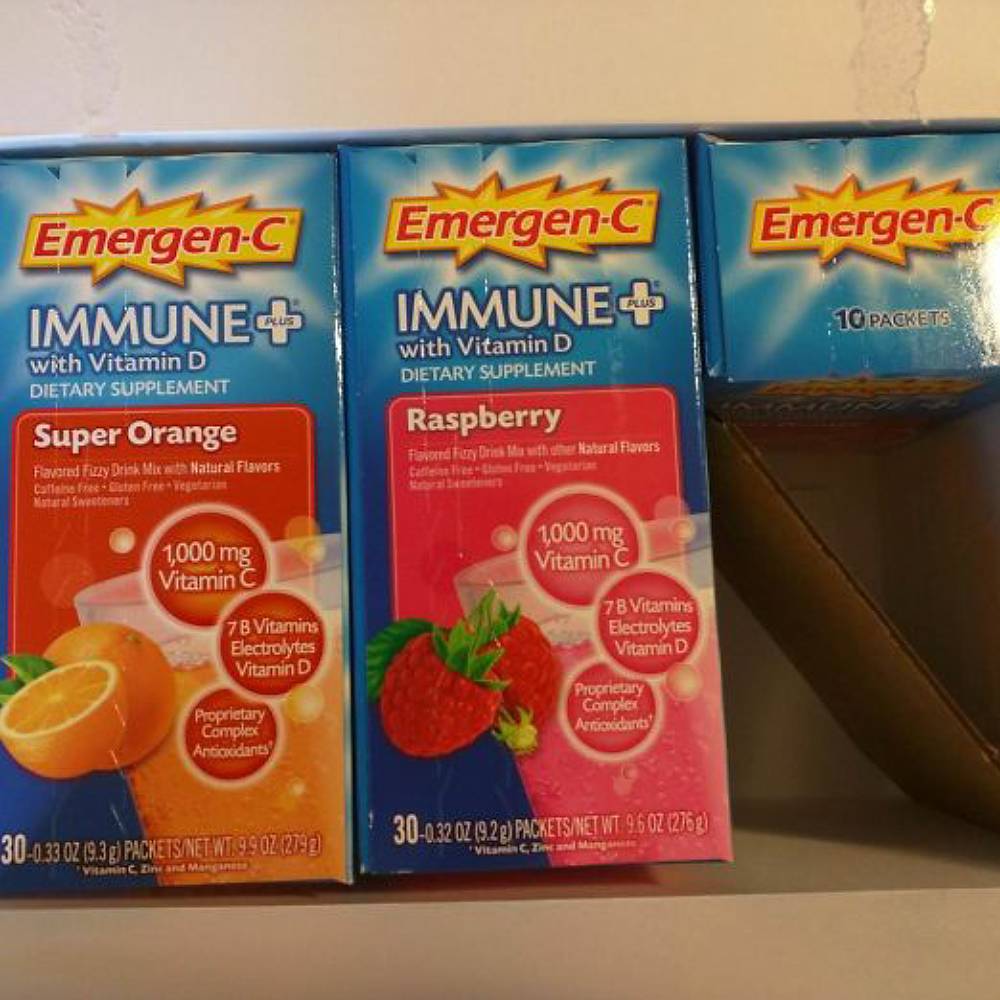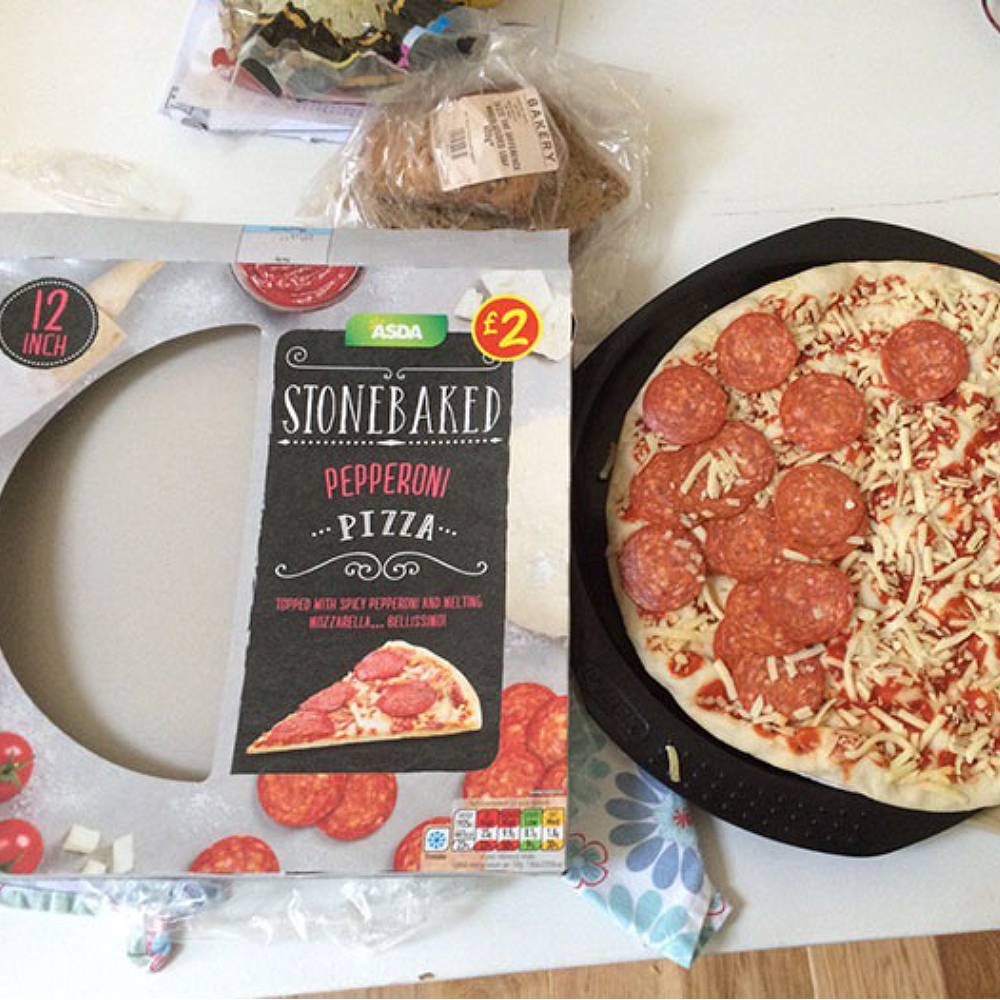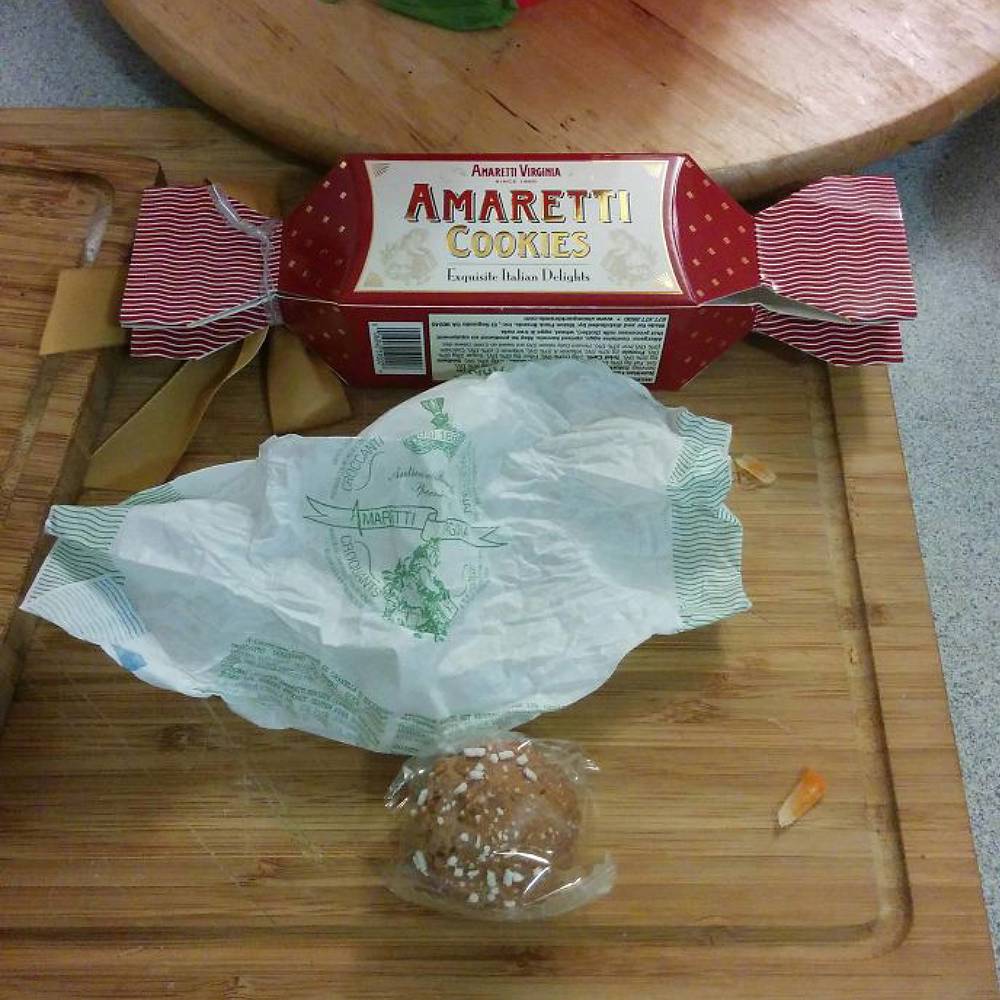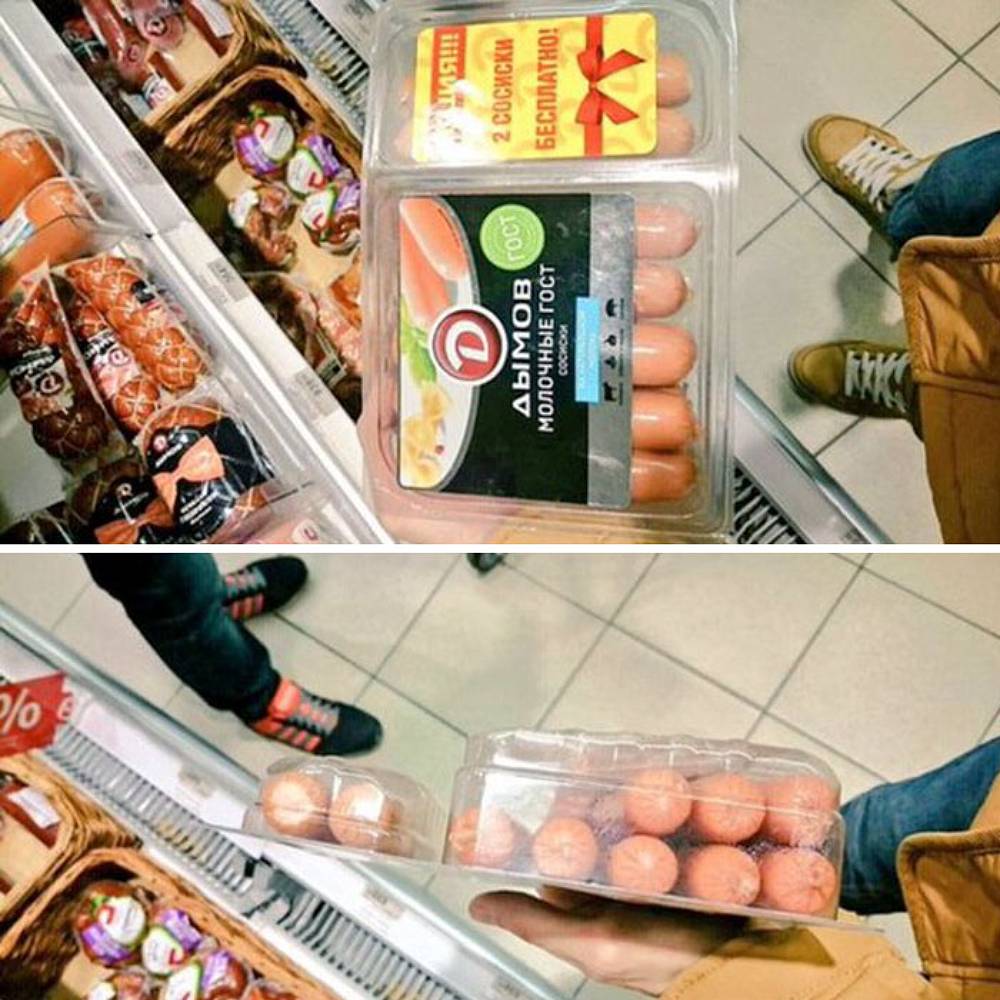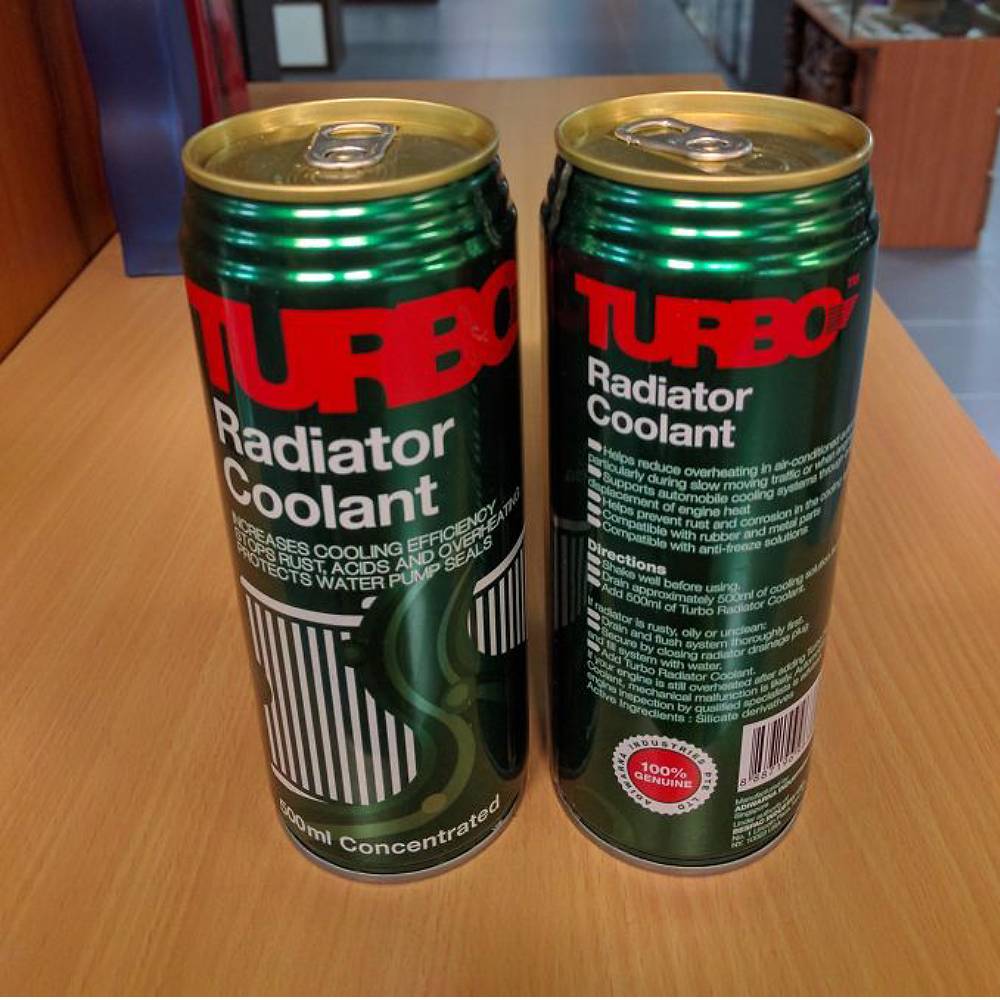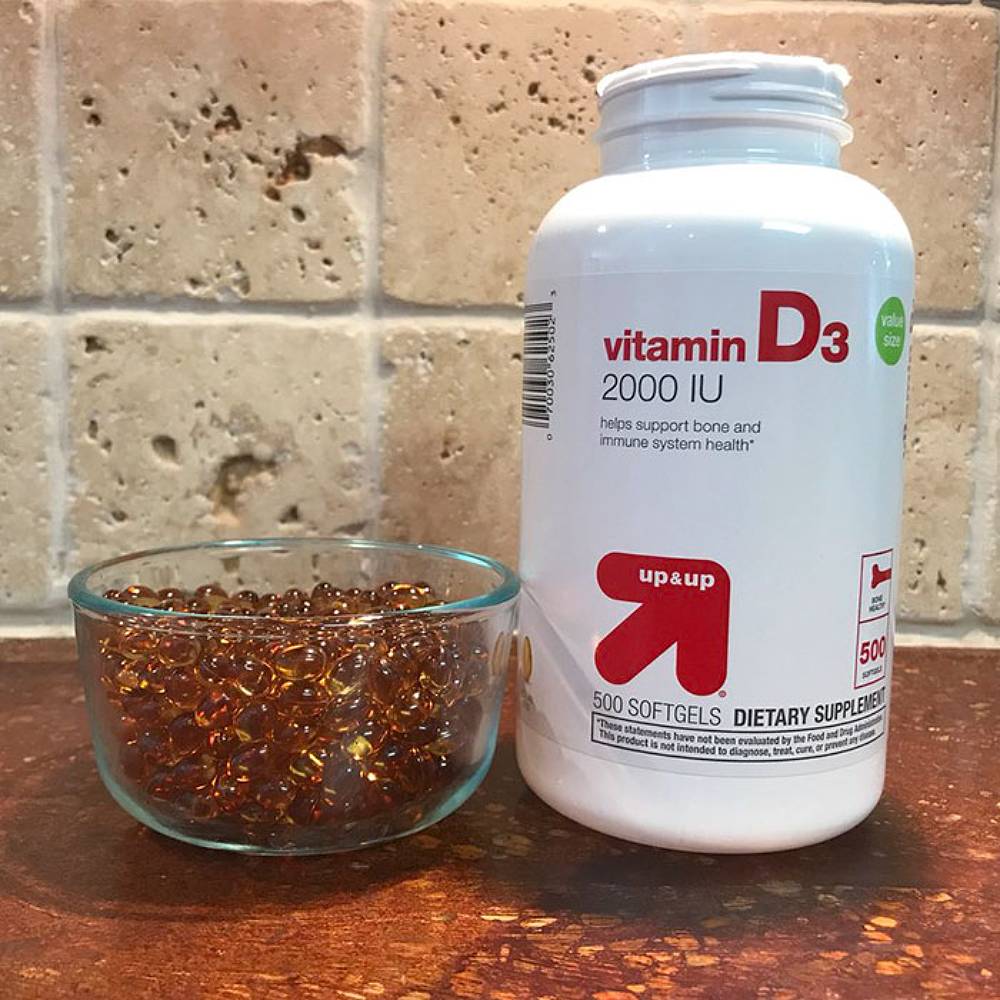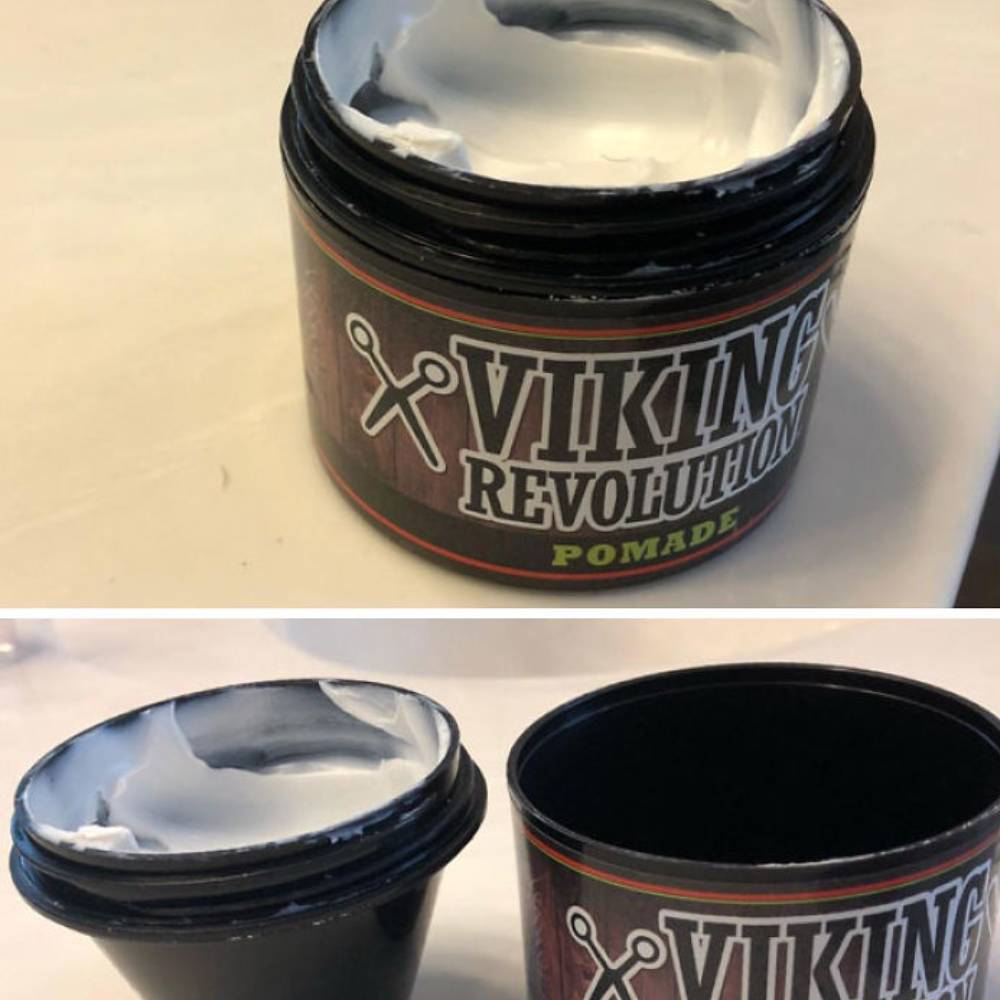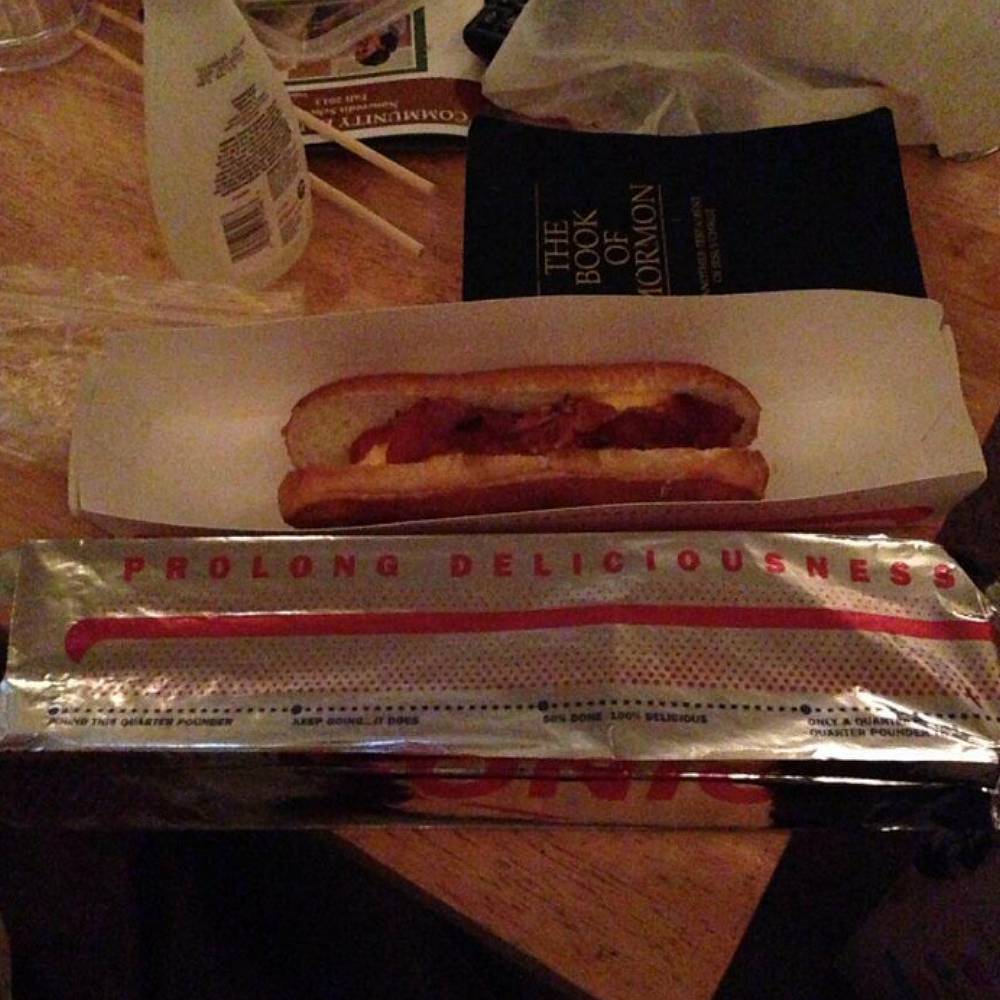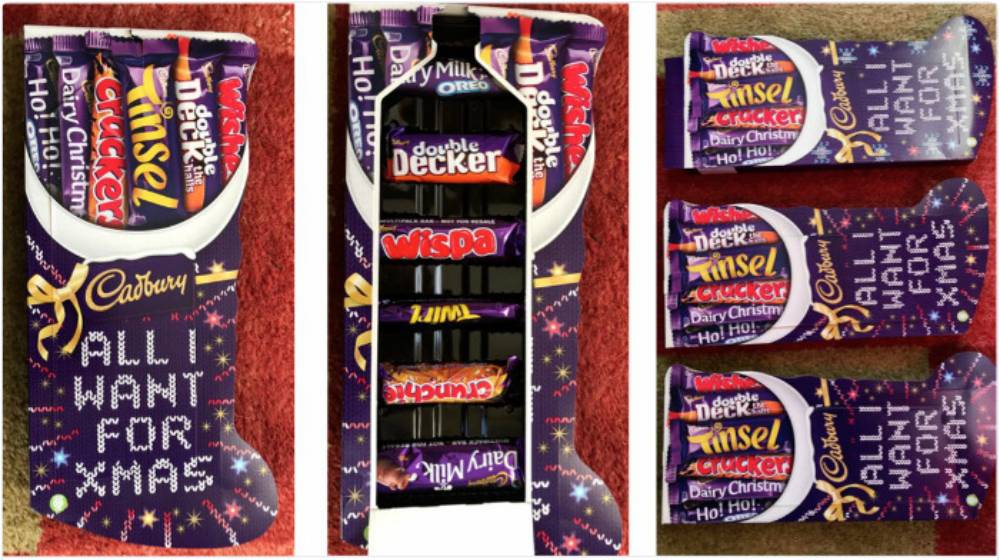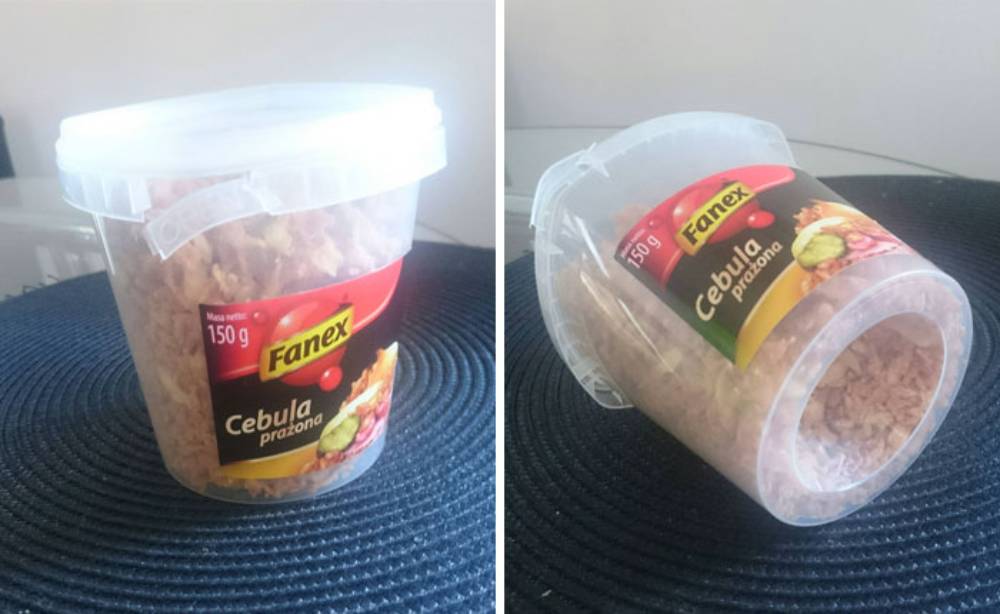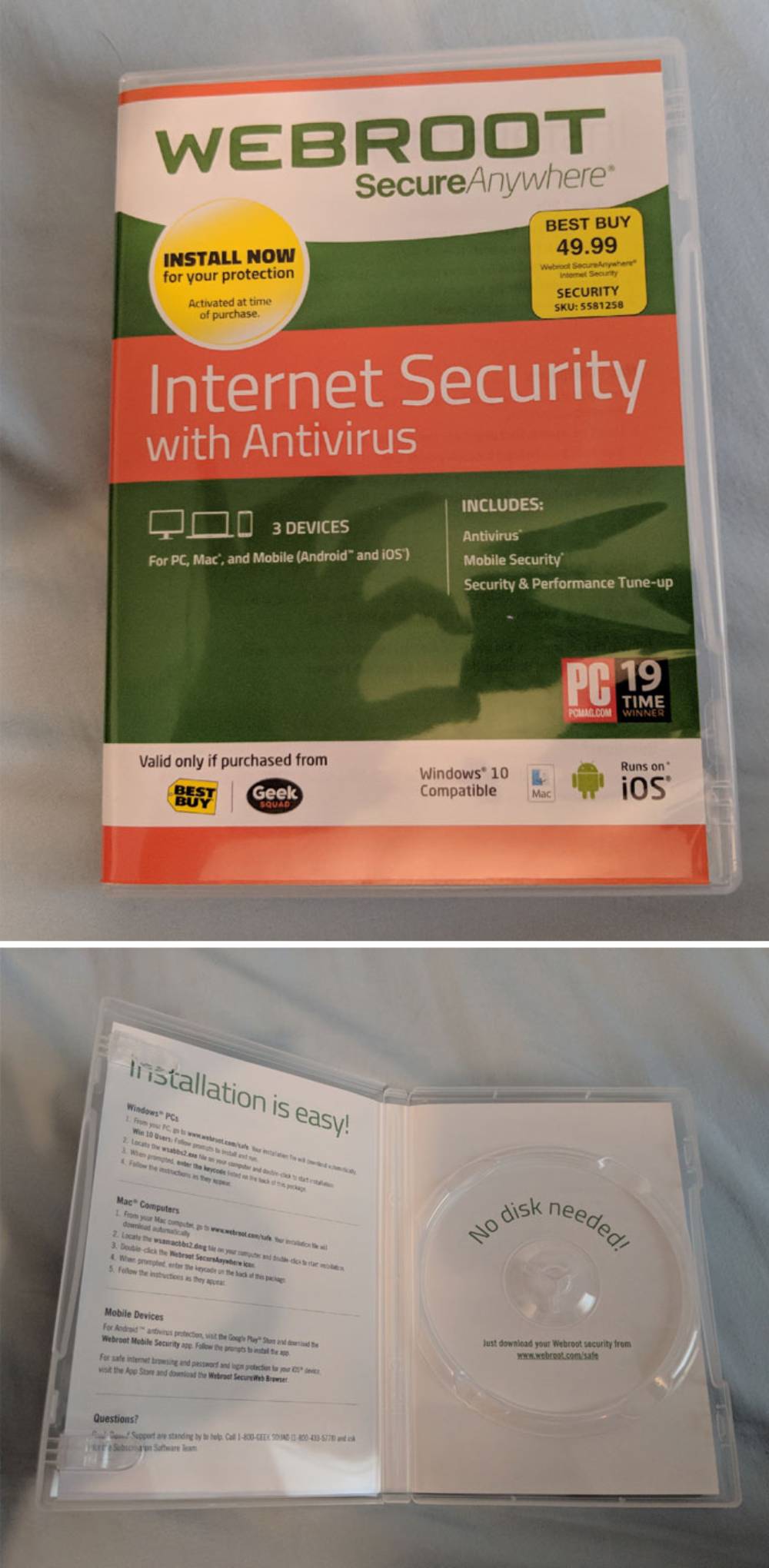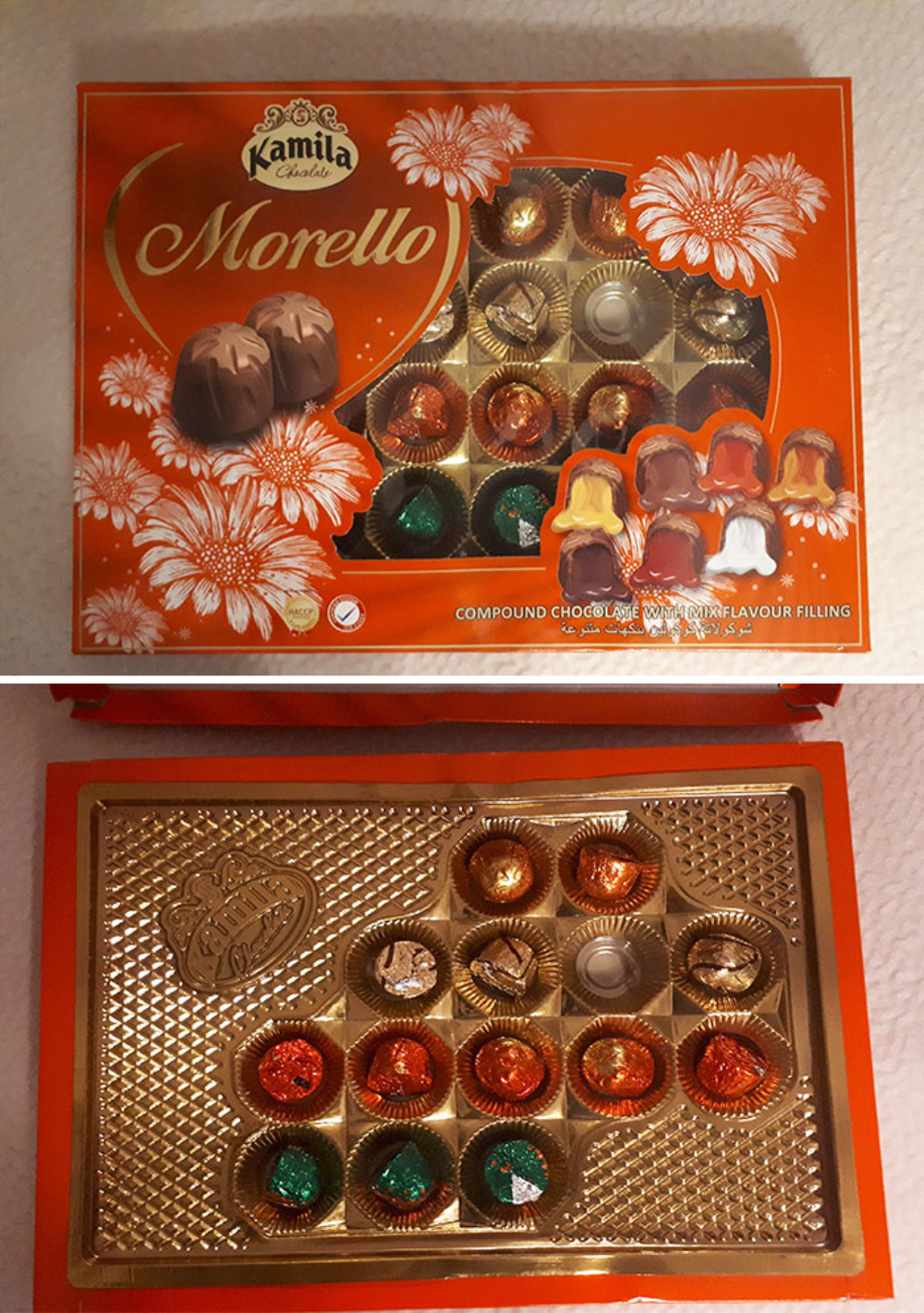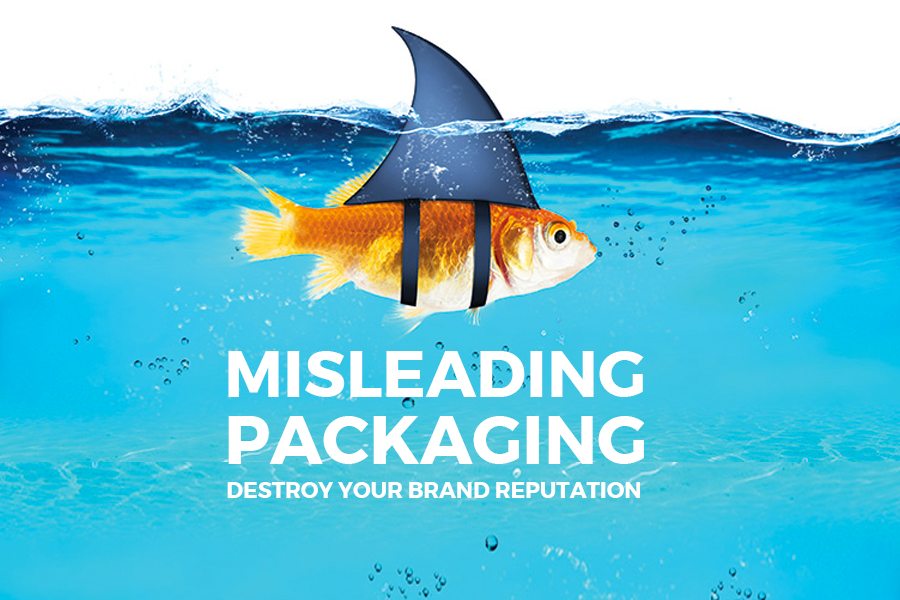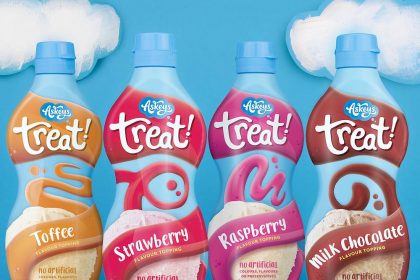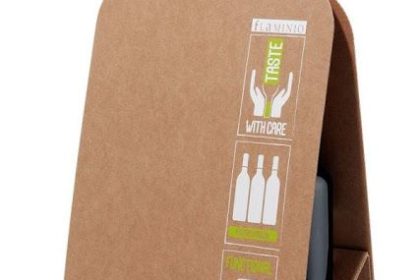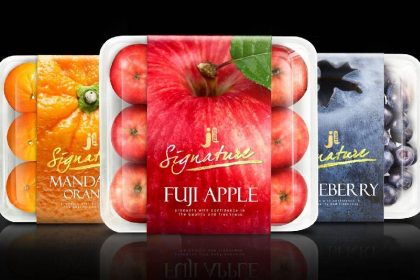In marketing the one of the significant powerful and mandatory element is” TRUTH” but with increasing competition and to gain competitive edge brands consider it is more important what Customer see and believe. As it is said “Jo dekhta hai wo bikta hai” hence this leads brands to cheat by offering a glorious picture of product through misleading packaging style.
I am sure many of us purchased a lot of items and later regretted buying them because of their actual size, quality, quantity or taste. How many times it happens we buy a packet of the chip when hungry looking at big pack assuming high volume. But end up realizing 50% of bag was air, they show almonds, and when we open it, we get a peanut that’s how it is working these days.
Technically when we tried to understand all these aspects, we landed upon a term called as “Misleading packaging” or “Deceptive packaging design”.
In deceptive packaging, the product is packed in such a way that it misleads the Customer on various elements which can content, size, shape, quantity and many others. It is used by the companies to attract the consumers and make them buy their products by rendering them a feeling which is opposed to the original packaging of the products.
False packaging lead too many ethical issues by displaying their customers something else than what they are selling, where a consumer will end up paying more or dissatisfied with the quality. On the other hand, when the brands are questioned about indirectly fooling customers they intelligently brands claim that they have mentioned all the details of their products on their packaging and it is on the consumer to ensure and make a choice of taking those products. In such a way the companies, avoid themselves from getting into any kind of allegations of unethical behaviour. It is because of such issues there are some legal regulations which the government have brought and protected the rights of both the consumers and the companies.
As a manufacturer, voluntary or involuntary use of deceptive packaging techniques, such as slack filling, content-based, downsizing, or over-packaging, extra walls, indented bottoms and unnecessary empty spaces will most likely place you at the losing end of the business.
Misleading can be done by different way:
1) Reducing the number of pieces (quantity).
2) Shrink the pieces in small size
3) Use Filled to show large quantity
4) Inferior the quality of product
5) Leaving extra empty space inside box
Impact on brand and Customer
Violations against packaging regulations will cost your brand a lot in any marketplace. Not necessarily because of fines imposed, but more importantly because of the damage caused by recalls, new packaging production costs and wasted marketing resources. And if your deceiving packaging manages to reach shelves, it will also manage to dent your brand reputation where if this leads to word of mouth then will end up breaking your brand image and impact drastically on your business.
Customers are very talented and smart these days with increasing technology and their reach on various social media platform; there is no way they will be unaware of the packaging, which is misleading them once they discover than your brand will lose their loyalty towards it. There will be the negative word of mouth, and hence no new customer will dare to purchase your products which will then impact negatively on sales and customer relationship.
SOME OF THE FAMOUS EXAMPLES OF MISLEADING PACKAGING
Including the single packages into the outer cake carton, the robot used for this purpose requires a certain distancing between the cake pieces. But here the single cake packages are pushed or pressed together manually; there would be room for a sixth cake piece
Sandwiches or burger packaging, which is displaying enlarged images and later encountering smaller quantity products or even displaying Cheesy images but in the real story is different.
Some of the health supplements like WHEY proteins boxes only half filled but when we actually see the packaging from outside its quite huge looking.
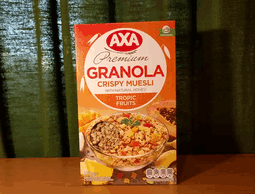
Some popular ways to fool customers through packaging:
Here the contents are reduced, but the size of the packaging goes unchanged as does the product’s price, resulting in a price increase.
Used for jars and plastic bottles tactic for decreasing the contents is to give a container a convex bottom which then rises it domelike into the interior of the box. Hence capacity is reduced, a fact not readily discerned, since label and product obstruct a view of the convex bottom
“Numbers don’t lie.” But some products, such as paper towels, bathroom tissue, napkins, and even fabric softener, are sold in with a given sheet-count in total hence a package can state the same sheet-count to which the consumer is used to. What can go unnoticed is that the size of each sheet has been reduced. Then there are the convincing effects of percentages.
Brands do mention secret ingredient and claims as, organic, all-natural, wholesome, and low-carb. And it is not just the processed foods industry, but also other sectors adorn their packaging with original strength, more concentrated without being completely transparent; it is again a misleading packaging.
Eco-friendly packaging is a phrase that predates sustainable packaging; and although both emphasize conservation, some brand-owners aren’t necessarily conservative in their related promotional claims.
